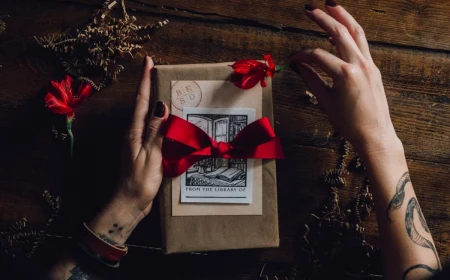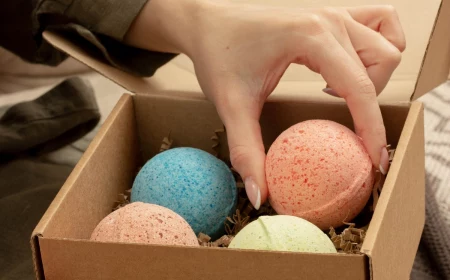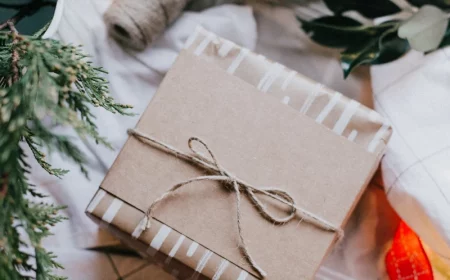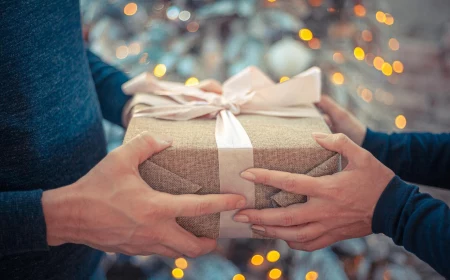Housewarming Gifts That People Actually Want (and Will Use)
Over the years, I’ve seen a ton of friends and clients move into new places. And let me tell you, I’ve seen it all—the mountains of boxes, the sheer exhaustion, and the endless to-do lists. I’ve also seen a lot of housewarming gifts. Some are gorgeous but end up in a closet, and others are simple, thoughtful things that get used the very same day. That’s when it clicked: a great housewarming gift isn’t just a nice thought. It’s a tool, a comfort, or a little problem-solver that makes a new house feel like a home.
In this article
The pressure to find that ‘perfect’ gift is real, I get it. But perfection isn’t about how much you spend or how fancy it is. It’s about purpose. Before you grab another bottle of wine or a generic candle, let’s talk about what new homeowners are really dealing with. Often, the best gift is something that saves them time, fixes a tiny annoyance, or just gives them a moment of peace amid the chaos.
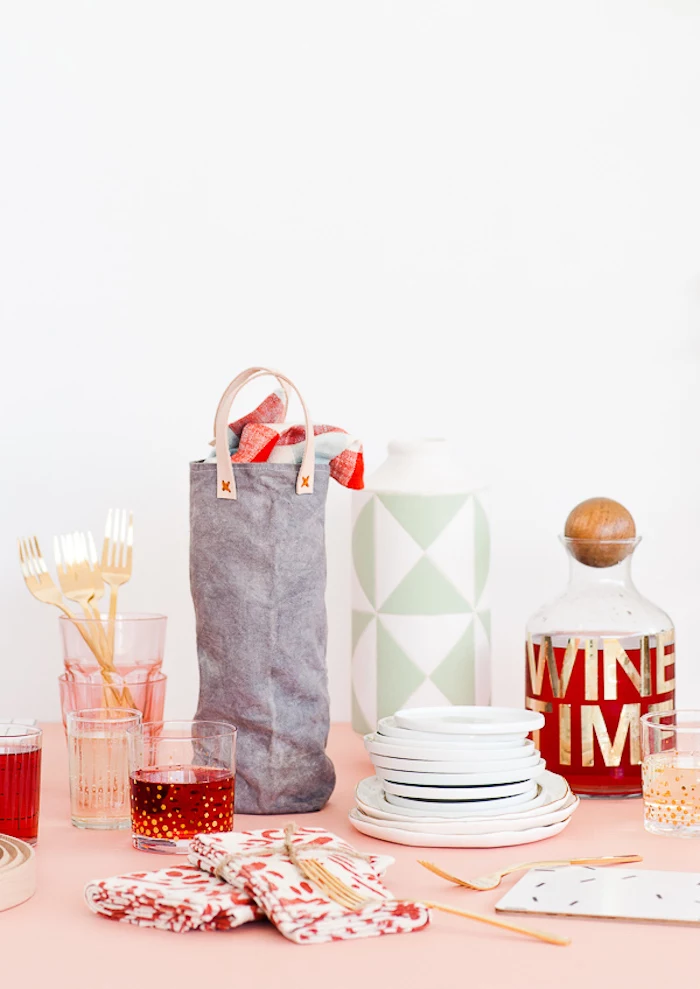
This guide is packed with ideas from my own experience, both making things in my workshop and seeing what works in real homes. We’ll cover some fantastic gifts you can buy and a few handmade projects that look and feel totally professional.
Giving the Classics a Modern, Useful Twist
You’ve probably heard of the traditional housewarming gifts: bread, salt, wine. They’re rooted in some really cool symbolism, but the original meaning sometimes gets lost. By understanding the ‘why’ behind them, you can give a modern version that’s way more meaningful.
- Bread: This was meant to wish that the home would never know hunger. In today’s world, that’s all about comfort and nourishment. So instead of a generic grocery store loaf, why not grab a beautiful artisan sourdough from a local bakery? To really make it special, pair it with a good serrated bread knife (you can find a solid one for $20-$40) and a quality acacia wood cutting board. Now it’s not just a symbol; it’s a permanent, useful kitchen set.
- Wine: This gift wished the homeowners joy and that they’d never go thirsty. It’s still a great gift, but let’s be honest, they’ll probably get a dozen bottles. You can make yours stand out. Gift a nice bottle of local wine along with two quality wine glasses and a professional-grade corkscrew (the double-hinged kind waiters use is the best!). Suddenly, it’s not just wine; it’s an invitation to take a break and celebrate their new space.
- Salt: Salt has always represented flavor, spice, and prosperity. You can easily elevate this. A nice salt grinder filled with coarse sea salt and a matching pepper mill is a kitchen staple they will use every single day for years. It’s a practical, elegant fixture for their new counter—a constant reminder of you.
- Honey: This symbolized the wish for a sweet life. A jar of raw, local honey is a wonderful way to introduce them to the flavors of their new neighborhood. Pair it with a classic wooden honey dipper and a box of high-quality herbal tea, and you’ve created a little ritual for a quiet morning.
See the pattern? It’s about turning the old symbol into a modern, practical solution. The goal is for your gift to be used and loved, not just put away.
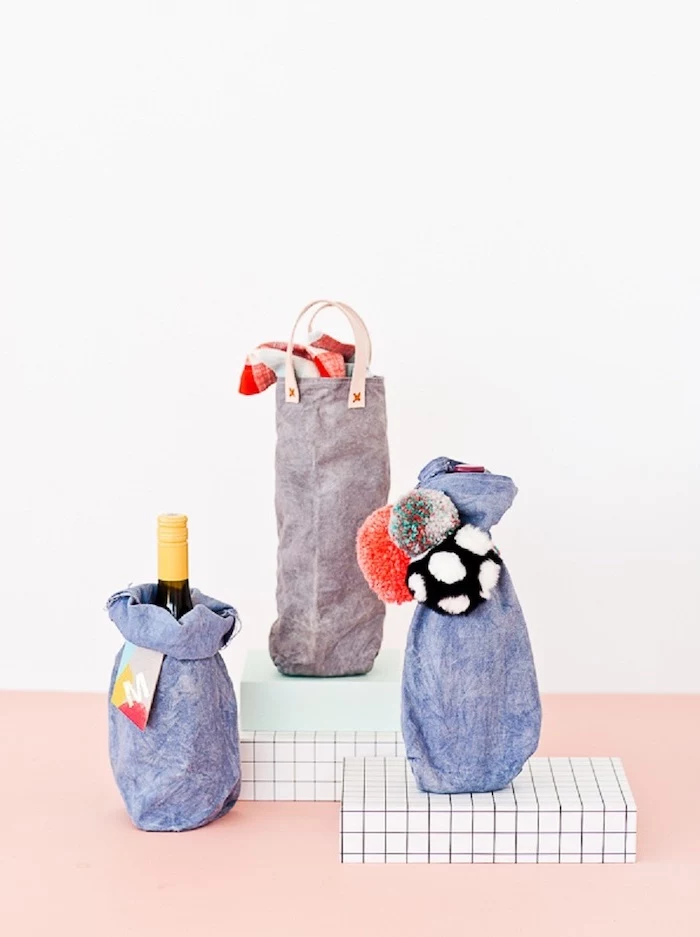
The Ultimate “Get-It-Done” Toolkit
As soon as you move in, a hundred little tasks pop up. Pictures need hanging, wobbly furniture needs tightening, shelves need leveling. Most people are totally unprepared for this. To be frank, one of the most useful gifts I’ve ever given is a well-curated utility kit. I’m not talking about one of those cheap, pre-made sets from a big box store. I mean a hand-picked collection of quality tools that will last a lifetime.
Here’s what I always include, based on what I’ve seen people desperately need in the first few weeks. The whole thing can be assembled for about $125-$175, and it’s a gift that will pay for itself over and over.
- A Proper 24-inch Level: Don’t even bother with those tiny torpedo levels. They’re fine for a small 5×7 photo, but useless for hanging shelves or a TV mount. A 24-inch level is the real deal.
- A Quality Stud Finder: This is a non-negotiable safety tool. Hanging anything heavy on drywall alone is a disaster waiting to happen. A good electronic one that can also detect live wiring is a must-have.
- A Real Hammer: A 16-ounce, smooth-faced hammer is the all-around champion. It’s got enough heft to drive nails but won’t leave waffle marks on your walls like a framing hammer. Look for one forged from a single piece of steel—it’s practically indestructible.
- A Multi-Bit Screwdriver: Get one with a comfortable, grippy handle and hardened steel bits that won’t strip screws. The models where the bits store right in the handle are my favorite; it’s so much harder to lose them in a messy toolbox.
- A Serious Picture-Hanging Kit: Forget those flimsy brass hooks. Build your own kit with assorted high-strength picture wire, D-rings, and wall hooks rated for specific weights (like 20, 50, and 100 pounds). This gives them real options and peace of mind.
- An Assortment of Adhesive Strips: These are invaluable, especially for renters or anyone nervous about putting holes in their pristine new walls. They’re a fantastic temporary solution that prevents permanent damage.
Putting a kit like this together yourself shows you really get what they’re going through. It’s a gift that says, “I’ve got your back,” and it’ll be a lifesaver before they’re even unpacked.
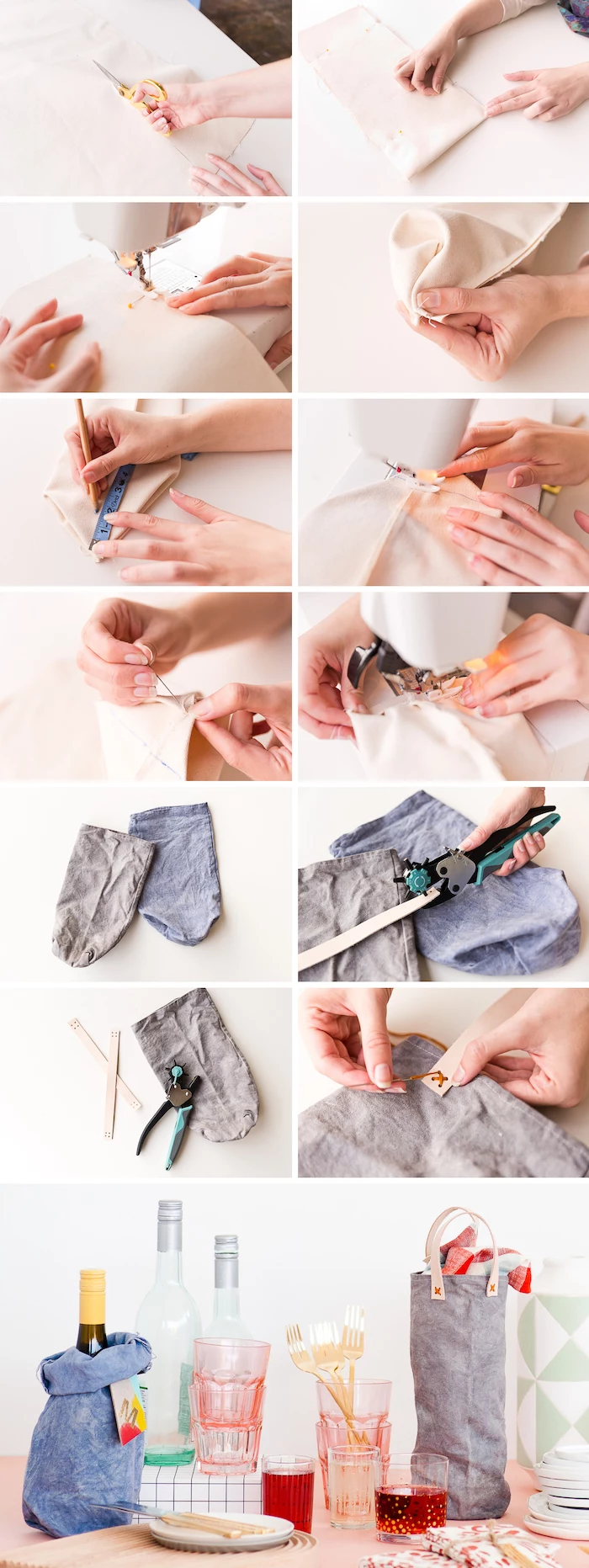
Handmade Gifts That Look (and Work) Like a Pro Made Them
A handmade gift is special, no doubt about it. But for it to be a great gift, it needs to be well-made and actually useful. Let’s walk through three projects, complete with the little pro tips that make all the difference.
By the way, here’s a quick rundown to help you choose: The herb mug is the fastest and cheapest, perfect for a last-minute gift. The map coasters take an afternoon (mostly drying time) and create something deeply personal. The hand-poured candle is a more focused, almost meditative project for those who enjoy precision.
Project 1: The Durable Herb Garden Mug
An indoor herb garden is a classic for a reason—it adds life and fresh flavor to a new kitchen. But doing it right is key to keeping the plant alive and avoiding a mess.
Time & Cost: Active Time: 20 minutes. Total Cost: Under $20.
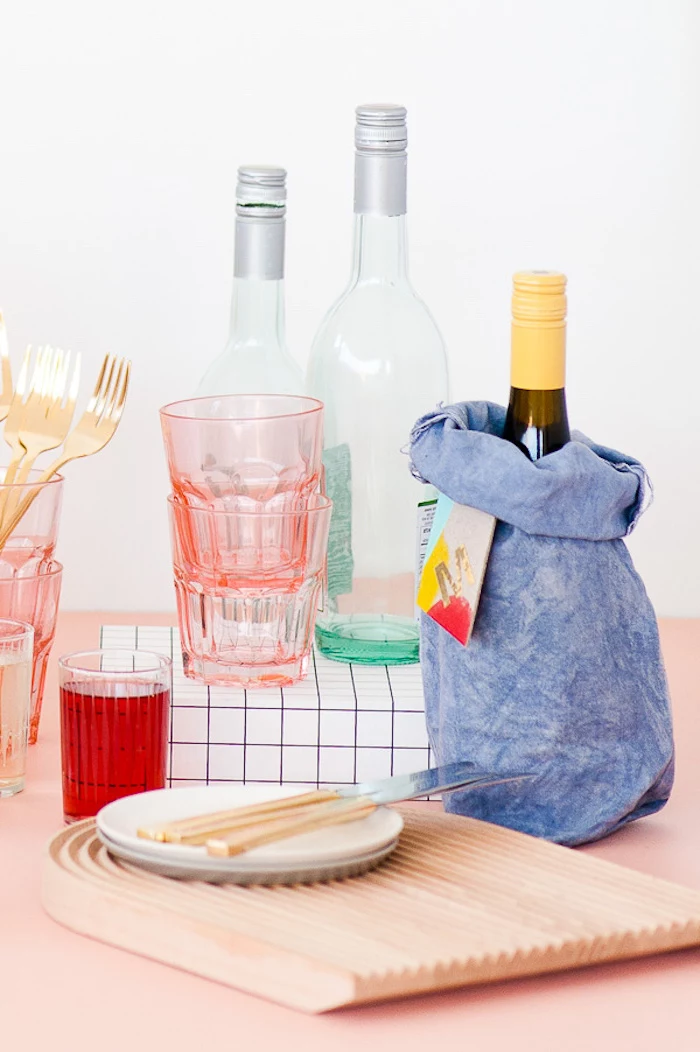
- What You’ll Need: A sturdy ceramic mug (hit up a thrift store for one for $2!), a 1/4-inch glass and tile drill bit (about $10 at any hardware store), a drill, safety glasses, an easy-to-grow herb like mint or basil ($5), some quality potting mix, and a few small rocks.
The Process:
- Safety First: Seriously, wear safety glasses. A flying ceramic shard is no joke. I once saw someone skip this step in a workshop, and we spent the rest of the day at urgent care. It’s not worth it.
- Drill the Drainage Hole: Put a piece of masking tape on the bottom of the mug to stop your drill bit from slipping. Start drilling SLOWLY with gentle, steady pressure. Have a cup of water handy and dip the bit in it every 15-20 seconds to keep it cool and prevent cracking. You’ll feel the drill give way when it breaks through.
- Plant It Up: Put a small layer of rocks at the bottom for drainage. Fill the mug about two-thirds with potting mix, pop your herb in, and top it off with more mix. Water it lightly until a few drops come out the bottom. Done!
This isn’t just a plant in a cup. You created a tiny, self-sustaining ecosystem with the proper drainage to help it thrive. That’s a gift that keeps on giving.
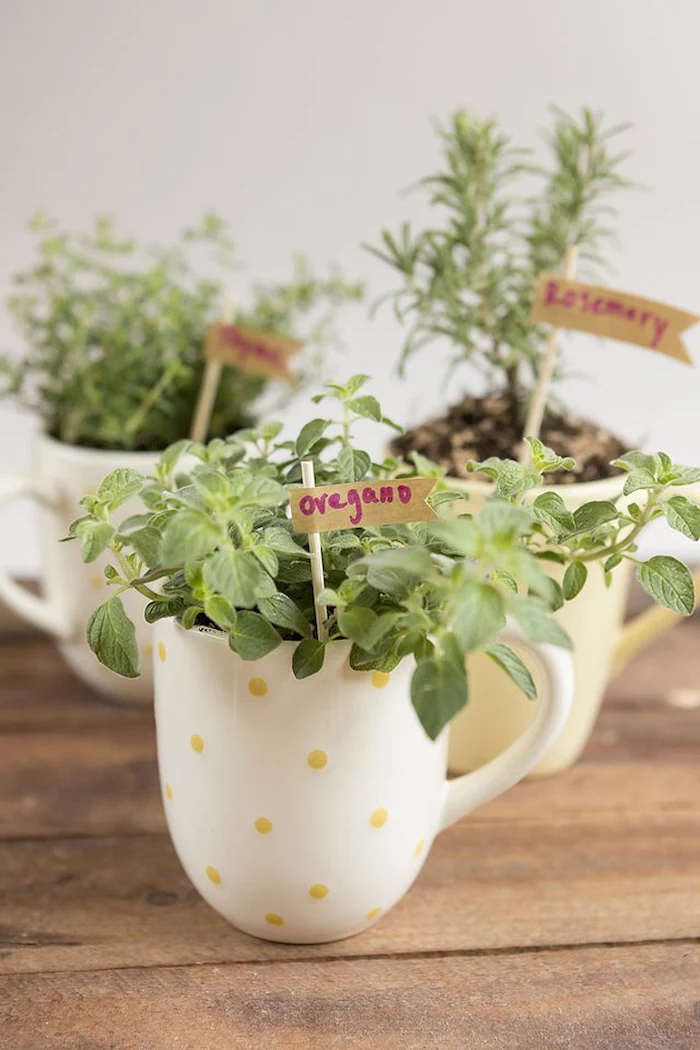
Project 2: The Professional-Grade Map Coasters
Personalized map coasters are an amazing way to celebrate a new home’s location. The secret to making them last? The sealing process. This is how you make them truly waterproof and heat-resistant.
Time & Cost: Active Time: 45 minutes. Total Time (with drying): About 4 hours. Total Cost: Around $25-$30.
- What You’ll Need: Four 4-inch square ceramic tiles (unglazed ones from a hardware store are cheap and work best), a cool map, Mod Podge (matte finish is great), a spray-on clear acrylic sealer, felt or cork for the backing, a foam brush, and a strong glue.
The Process:
- Prep is Key: Clean your tiles and cut the map into squares just a tiny bit smaller than the tiles.
- Adhere the Map: Here’s where people go wrong. Apply a thin, even layer of Mod Podge to the tile AND to the back of the map cutout. Carefully place the map on the tile, smoothing from the center out to push out any air bubbles. Quick tip: If you get a stubborn bubble, just prick it with a pin and press the air out. Let it dry for at least 30 minutes.
- The Sealing Coats: Brush a thin top coat of Mod Podge over the map. Don’t worry, it’ll dry clear. Let it dry completely (about an hour), then repeat with at least two more thin coats. Thin layers are crucial to prevent wrinkling!
- The Final Waterproofing: This is the magic step. In a well-ventilated area (outside is best), spray the coasters with a light, even coat of clear acrylic sealer. Let them dry for an hour, then hit them with a second coat. This makes them tough enough to handle condensation and hot mugs.
- Backing: Glue a piece of felt or cork to the bottom to protect their furniture.
Pro-Tip: Want a super glossy, bar-top-style finish? Instead of the acrylic spray, you can use a two-part epoxy resin. It’s a bit more advanced to work with, but the result is stunningly durable and professional.
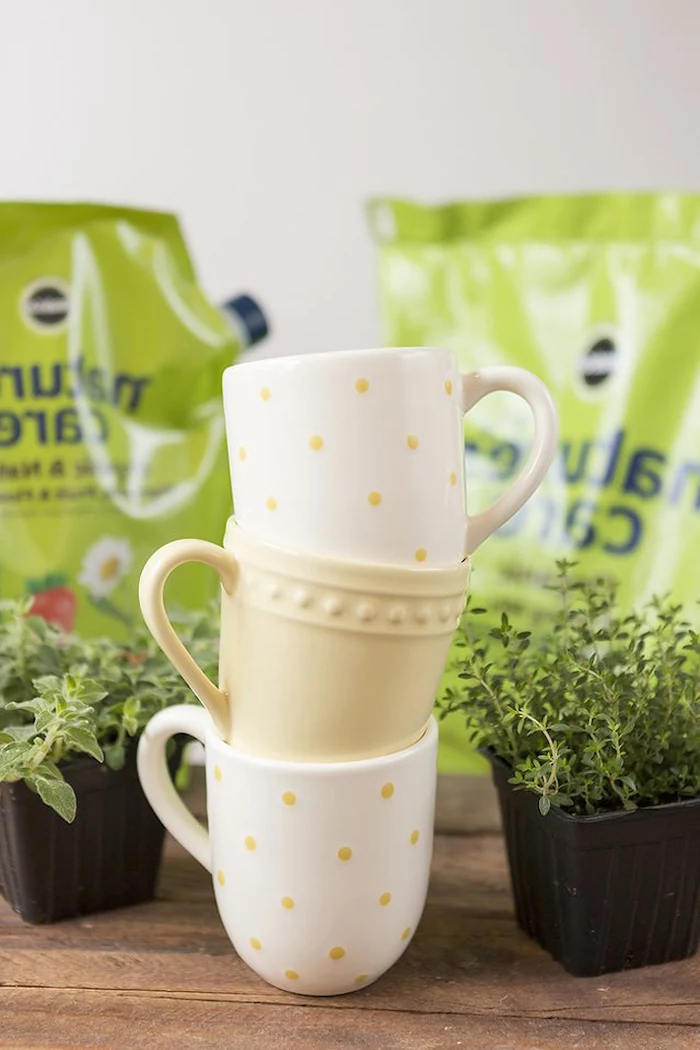
Project 3: The Artisan Hand-Poured Candle
A candle is a nice gift. A hand-poured candle made with high-quality ingredients? That’s something special. But we’re working with hot wax, so safety has to be your top priority.
A Quick Word on Safety: Hot wax can cause nasty burns. Never, ever leave melting wax unattended. Always use a double boiler (a metal pouring pot sitting in a saucepan of simmering water), not direct heat on a stove. Have a fire extinguisher nearby. I once saw someone get distracted for just a moment, and a small wax fire started. We handled it, but it was a serious reminder: stay focused.
Time & Cost: Active Time: 45 minutes. Total Time (with cooling): 4-5 hours. Total Cost: $20-$30 for a couple of candles.
- What You’ll Need: A heat-safe vessel (vintage teacups are perfect), natural soy wax flakes (beginner-friendly and cleans up with soap and water), the correct wicks with metal bases, and fragrance oil (optional).
The Process:
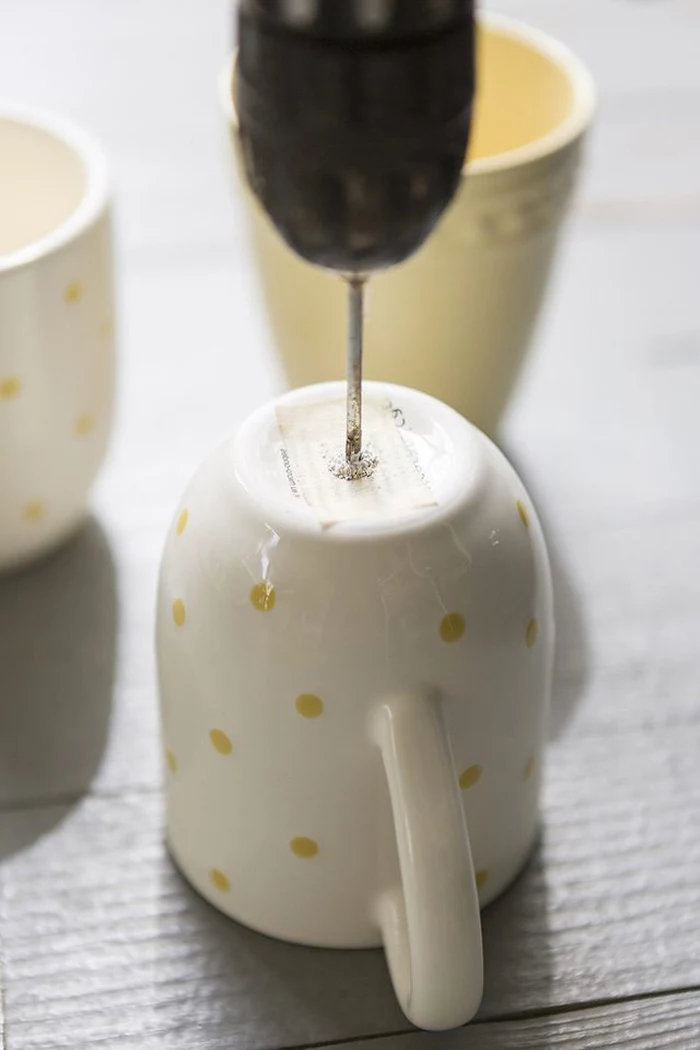
- Calculate Your Wax: Here’s an easy trick. Fill your container with water to where you want the wax to go. Pour that water into a measuring cup. For every 1 fluid ounce of water, you’ll need about 1 ounce by weight of wax flakes. So if your vessel holds 8 fl oz of water, you’ll need about 8 oz of wax flakes.
- Pick the Right Wick: This is the most critical part! A wick that’s too small will tunnel down, leaving tons of wax on the sides. A wick that’s too big will create a dangerously large flame and soot. The right size depends on the diameter of your container. Just search online for a “soy wax wick guide” from a candle supply company—they have charts that make it super easy. For example, a 3-inch diameter jar often needs an ECO-14 or CD-18 wick.
- Melt and Pour: Melt your wax flakes in your double boiler until they’re completely liquid. Adhere your wick to the bottom center of your container using a wick sticker or a dab of hot glue. Let the melted wax cool for a few minutes before adding your fragrance oil, then stir gently for a full minute. Pour the wax slowly into your container, using clothespins or a wick-centering tool to hold the wick straight.
- Let It Cure: Let the candle cool at room temperature for at least 4 hours, or preferably overnight, before you trim the wick to about 1/4 inch. It’s best to let a soy candle “cure” for a few days before lighting for the best scent throw.
And there you have it. A beautifully crafted, thoughtful gift that will literally bring warmth and light into their new home.
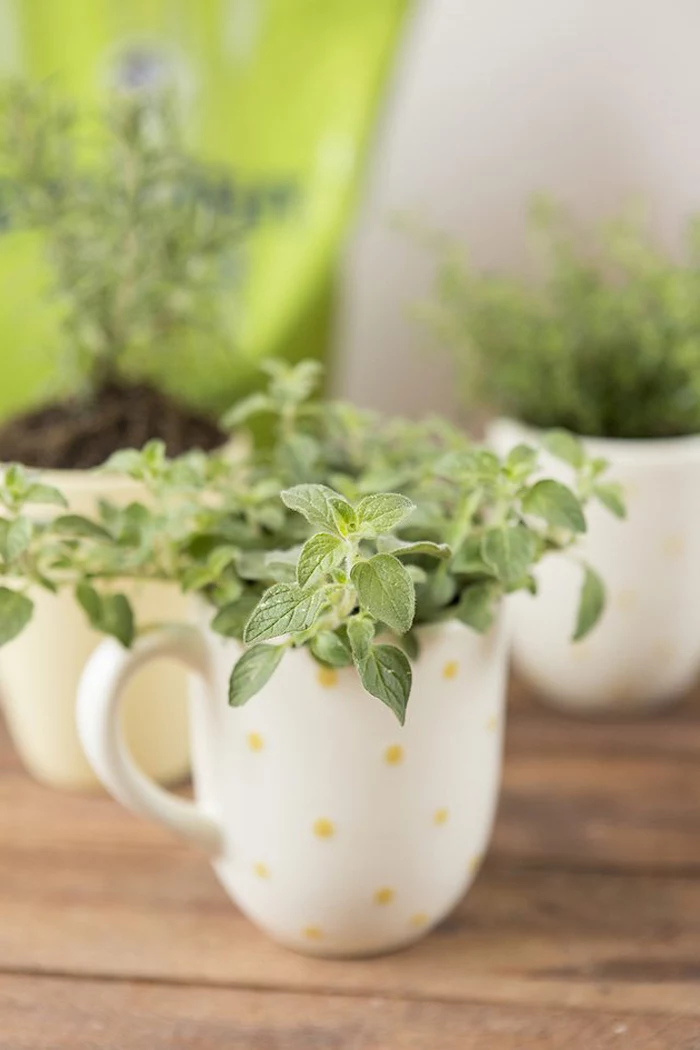
Inspiration Gallery
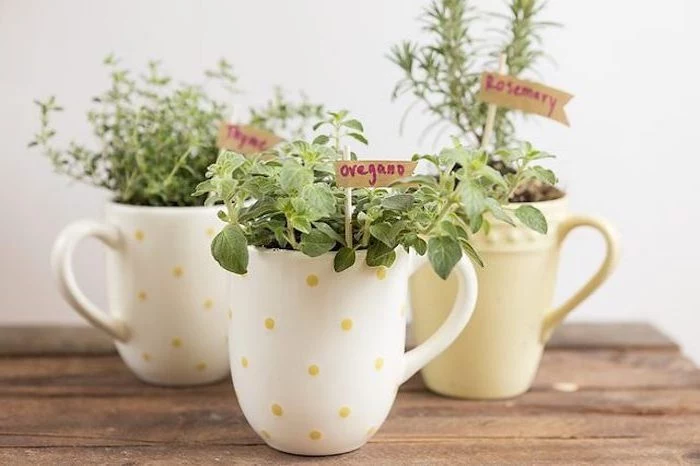
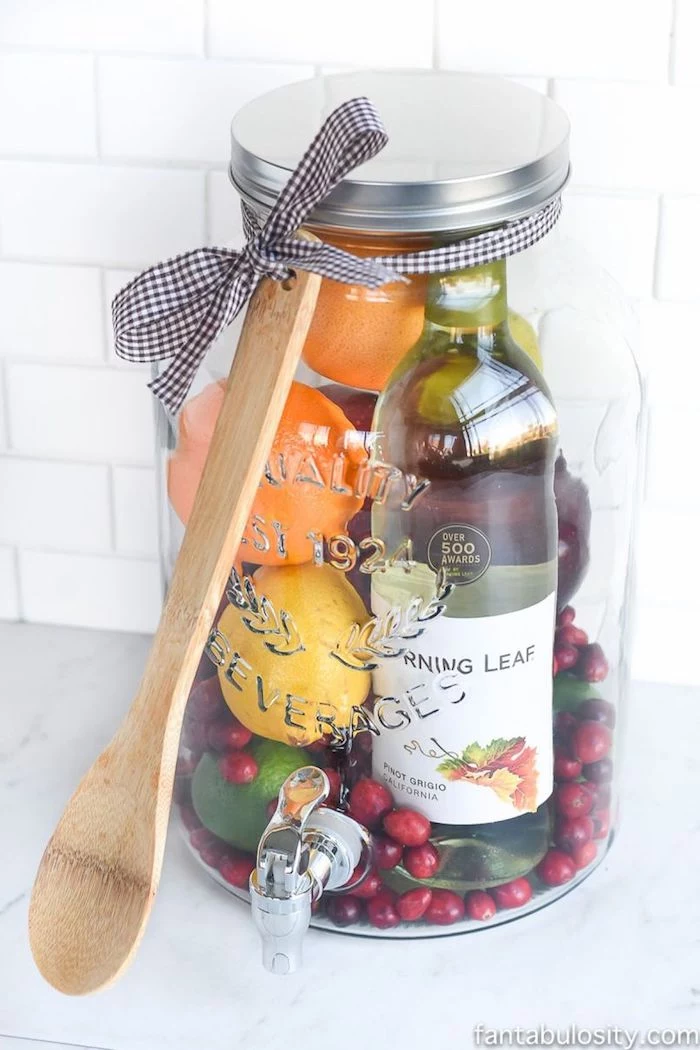
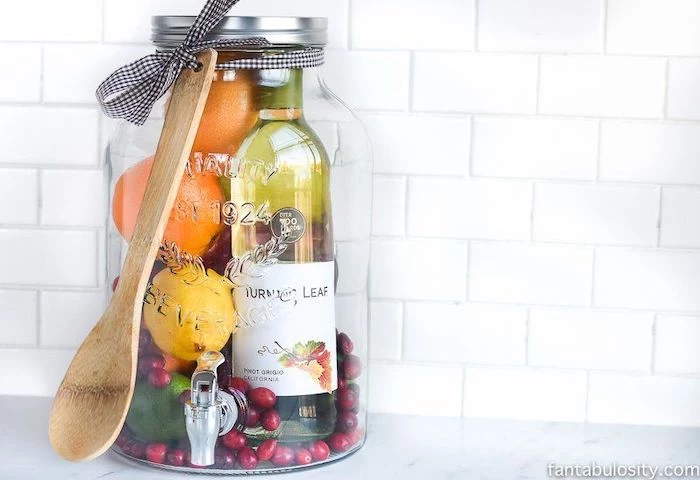
Think scale before you shop: A common mistake is gifting an oversized piece of art or a bulky decorative item. While generous, it can become an awkward burden if it doesn’t fit their space or style. When in doubt, choose something smaller with a big impact.
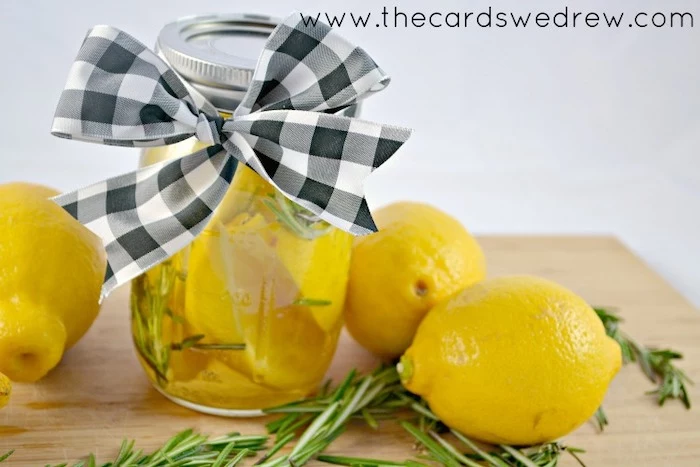
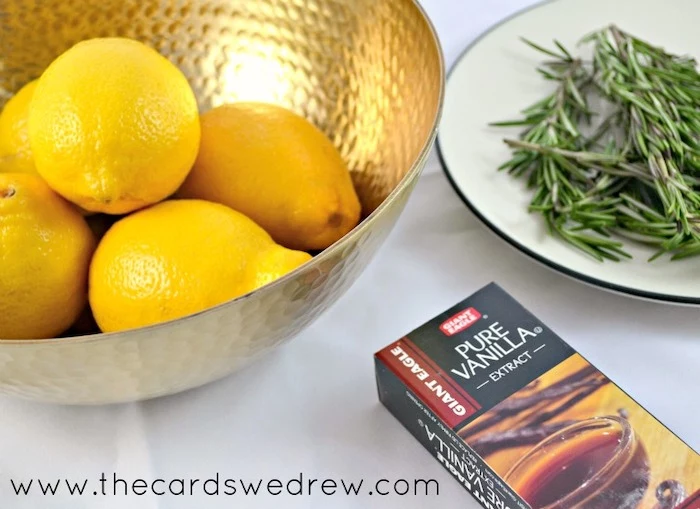

A 2021 survey by Zillow found that nearly a quarter of recent movers cried at some point during the process.
This isn’t just about the physical labor; it’s emotional. A gift that offers pure comfort—like a high-quality throw blanket from a brand like Barefoot Dreams or a subscription to a meditation app like Calm—acknowledges this stress and provides a moment of genuine relief.
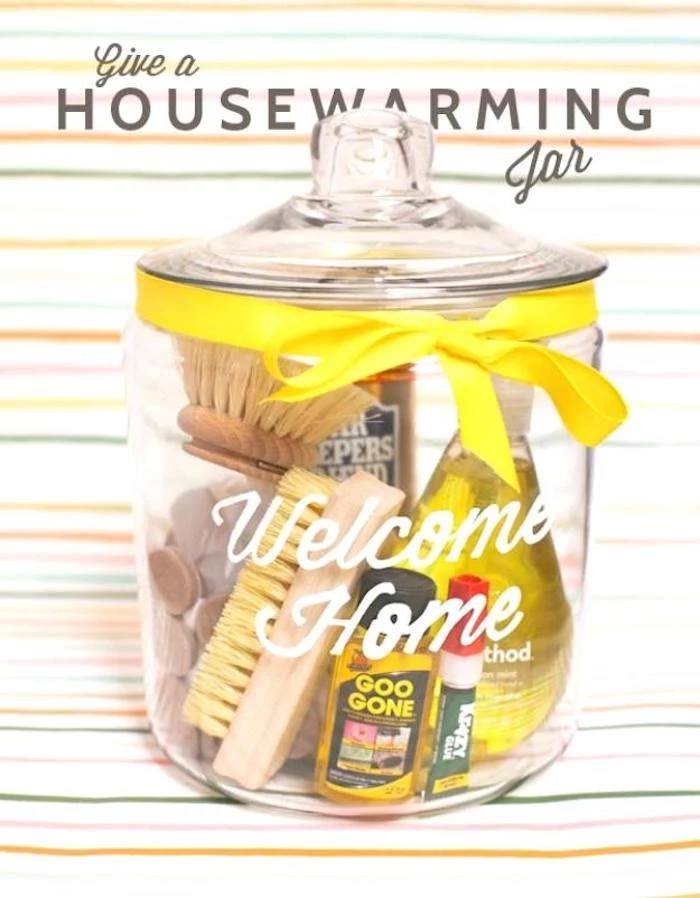
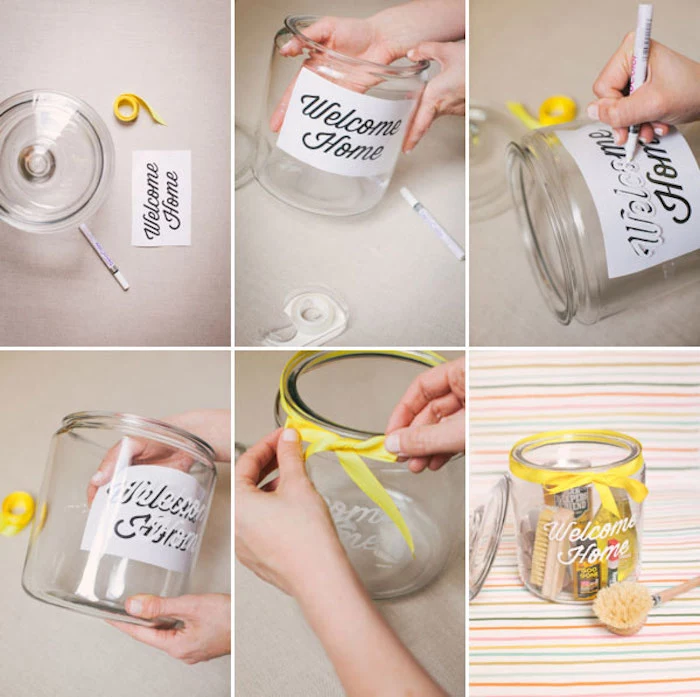
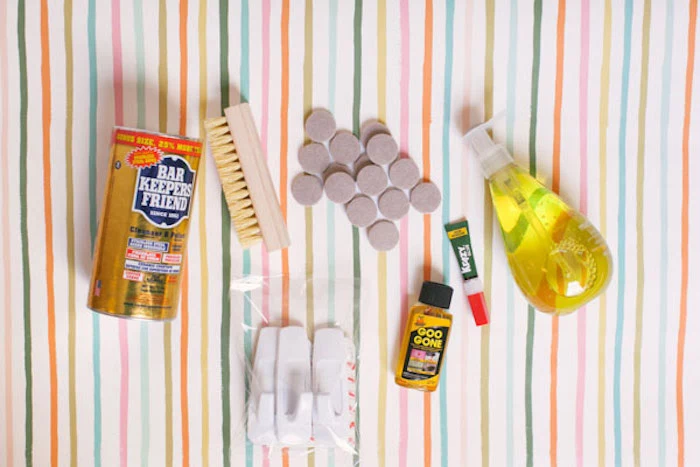
A truly indispensable gift is the “First 24 Hours” toolkit. Think beyond the hammer. Include a multi-bit screwdriver, a pack of varied-size command hooks for temporary hangs, a reliable box cutter, a power strip with USB ports for the chaotic first phone charge, and a roll of heavy-duty paper towels. It’s the practical hero of moving day.
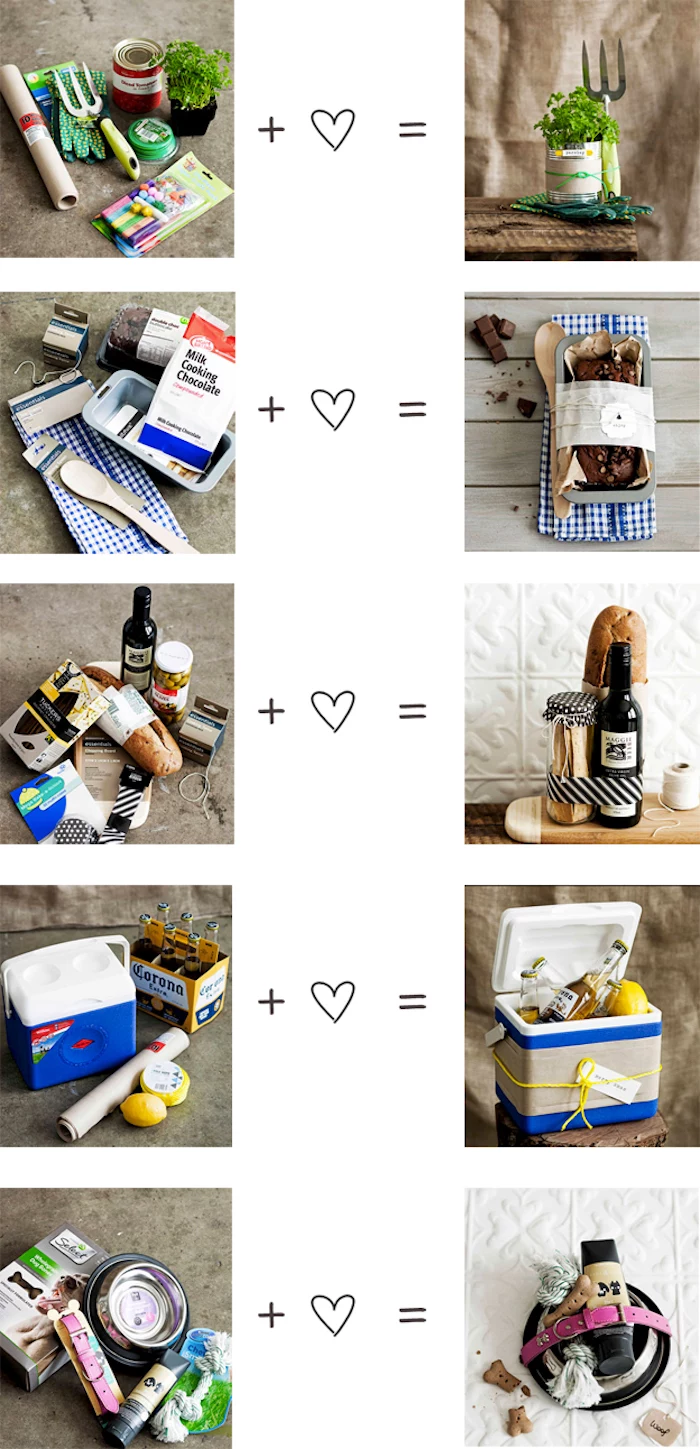
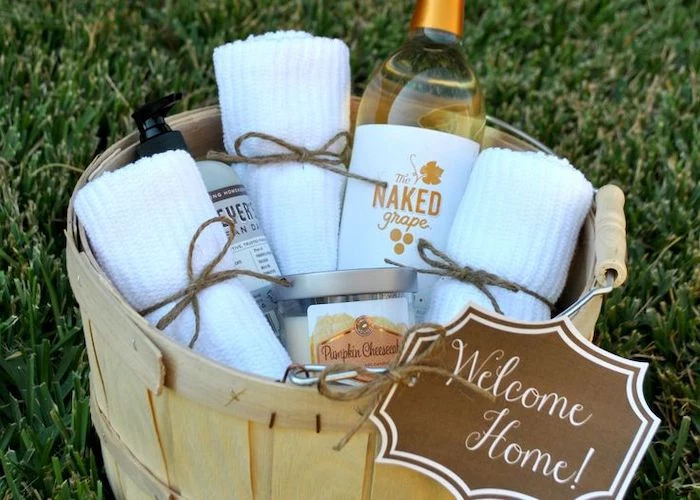
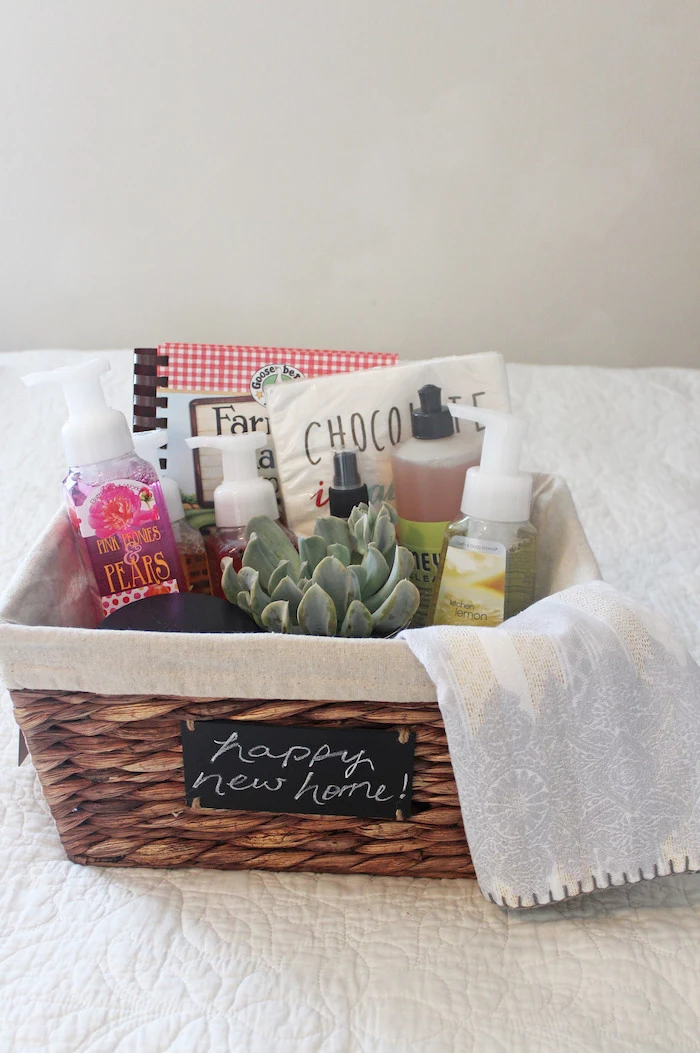
- A set of reusable Swedish dishcloths.
- Wool dryer balls to replace dryer sheets.
- A starter set of Stasher bags for food storage.
- A countertop compost bin for the kitchen.
The secret? Gifting with a conscience. These sustainable swaps are things new homeowners might not buy for themselves immediately but will use daily, reducing waste from day one in their new space.
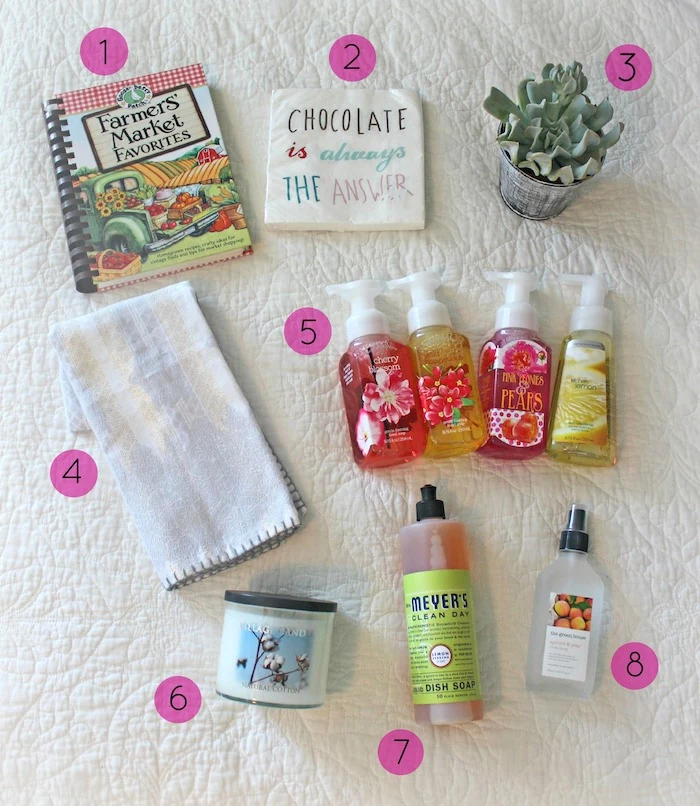
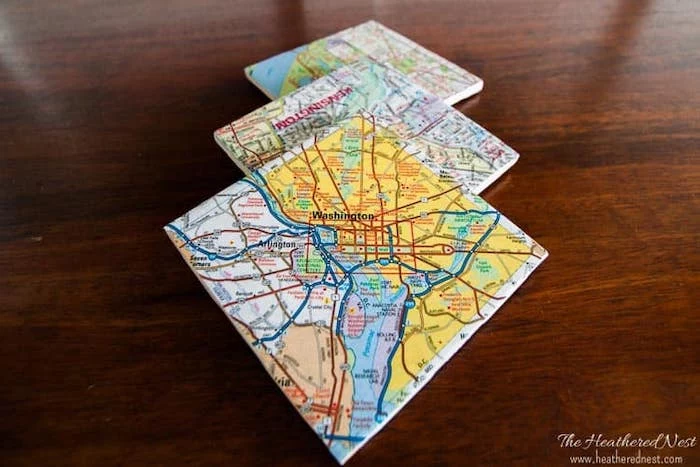
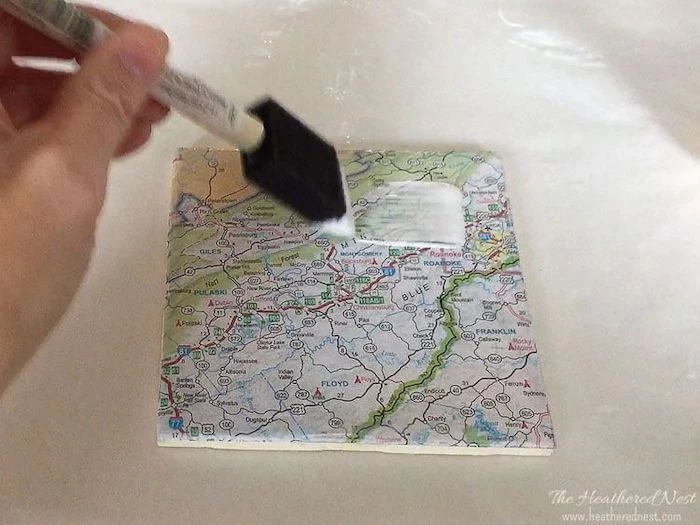
What’s the perfect gift for someone who can’t paint or drill holes?
Focus on luxurious, non-permanent upgrades. Think a high-pressure showerhead that’s easy to install (and uninstall), beautiful cabinet knobs they can swap out and take with them when they leave, or a set of smart plugs from a brand like Kasa to instantly modernize their lighting without touching the wiring.
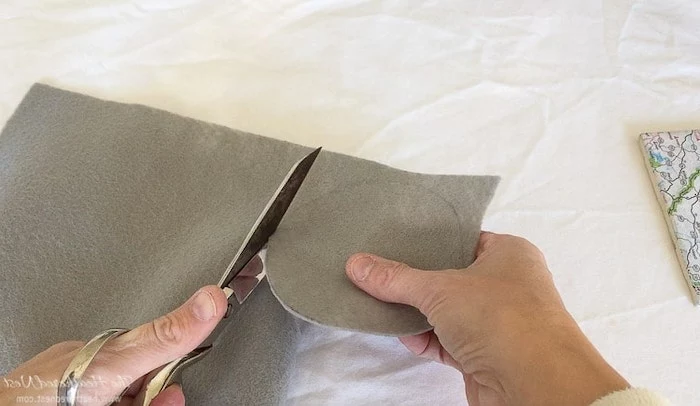
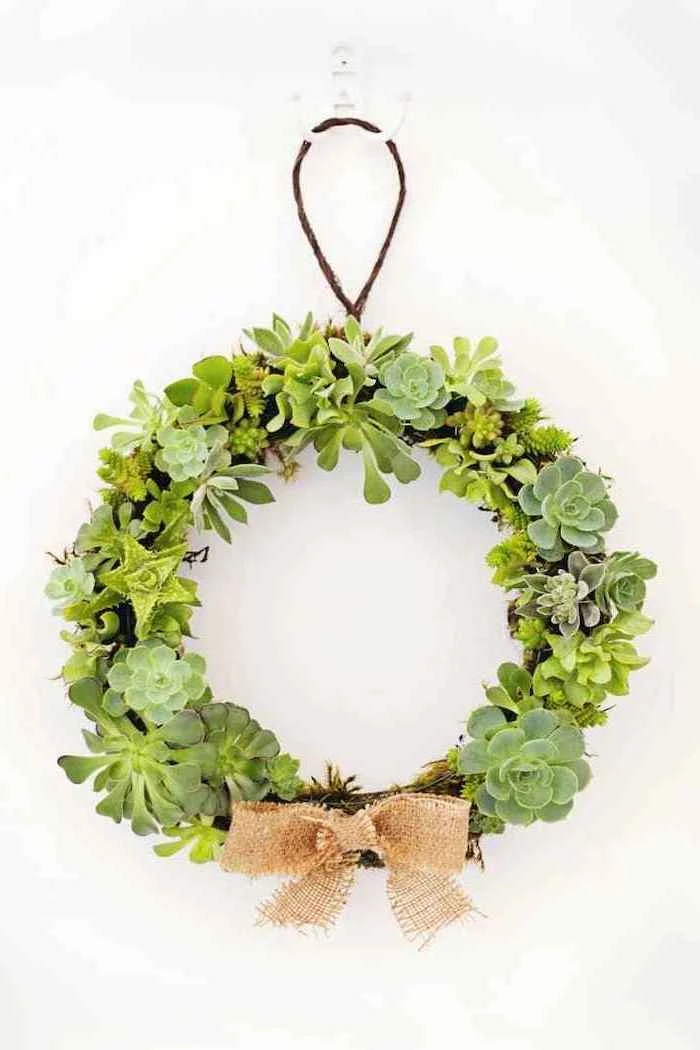
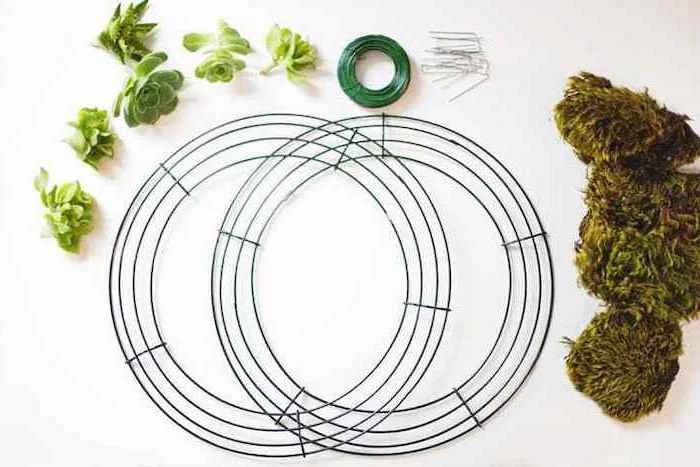
Give the gift of green, but make it foolproof. Instead of a finicky fern, opt for something resilient and stylish that forgives a little neglect during the moving chaos.
- Snake Plant (Sansevieria): A modern, architectural plant that thrives on low light and infrequent watering.
- ZZ Plant (Zamioculcas zamiifolia): Almost indestructible with glossy, dark green leaves. It’s the ultimate ‘set it and forget it’ plant.
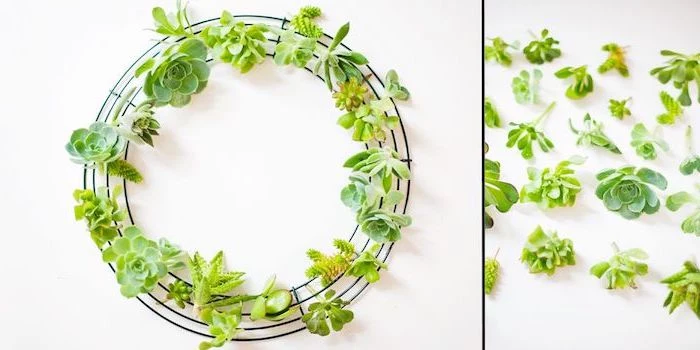
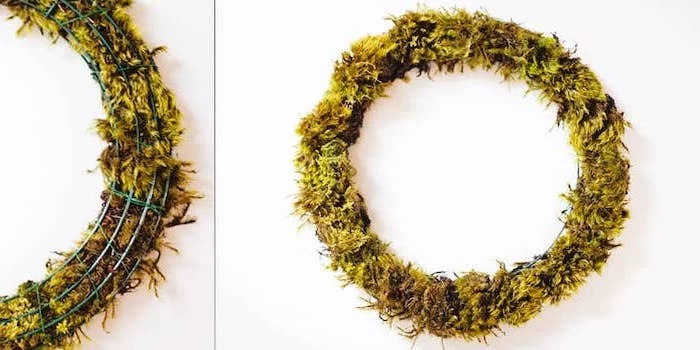
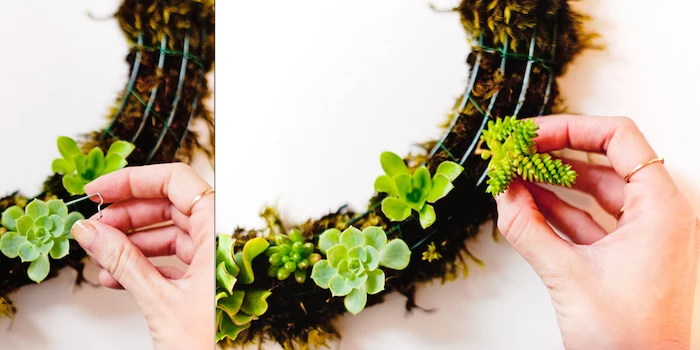
The pineapple has been an international symbol of hospitality and welcome for centuries.
Originating from the Caribbean, it was a rare and coveted fruit in Europe and America. Gifting one was the ultimate gesture of warmth. A modern take could be a beautiful brass pineapple-shaped candle snuffer, a set of pineapple-etched cocktail glasses, or a fun doormat with a pineapple motif.
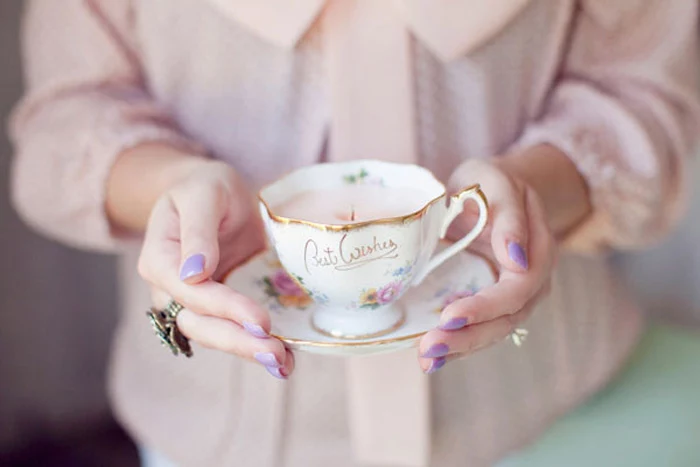
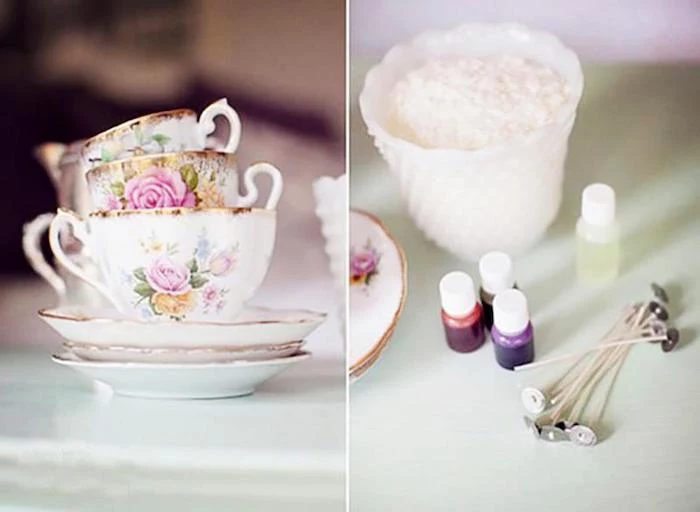
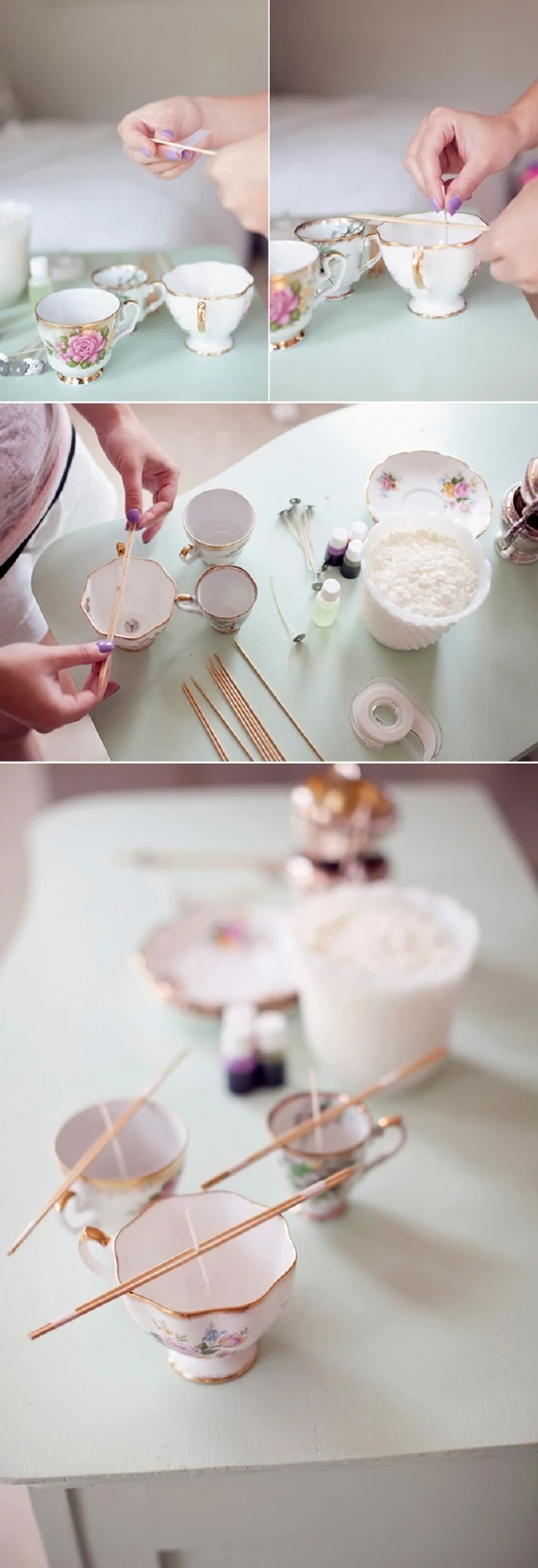
High-End Olive Oil: Brands like Graza or Brightland offer fresh, flavorful oils in beautiful, countertop-worthy packaging. It elevates everyday cooking instantly.
Fancy Cutting Board: A gorgeous end-grain wood or marble board is both a statement piece and a kitchen workhorse.
For a foodie, these gifts are always a win because they are consumable or highly practical, avoiding the risk of adding another unused gadget to their collection.
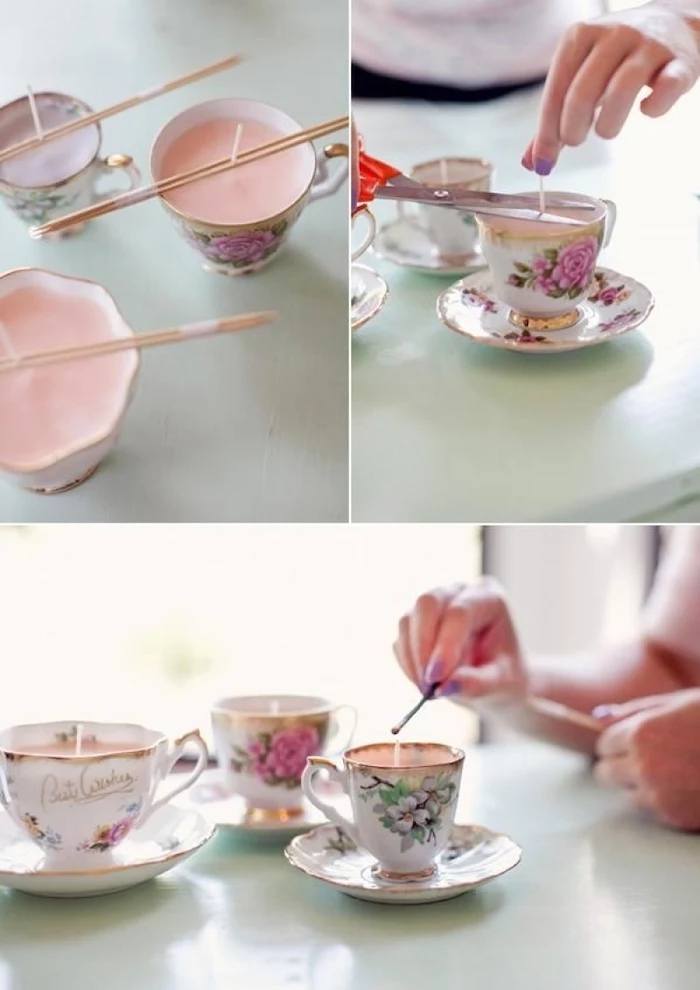
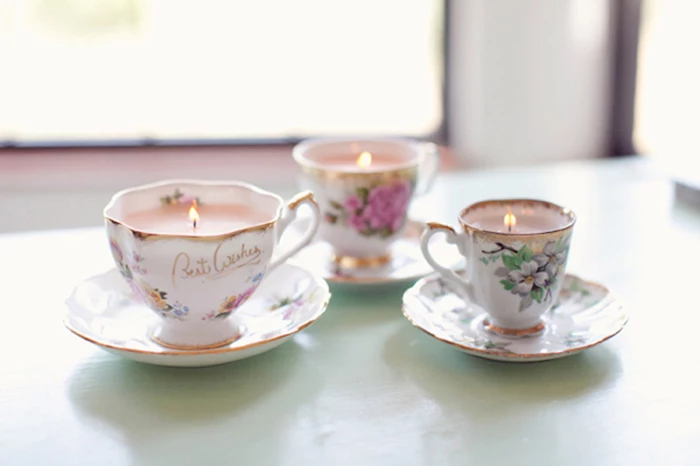
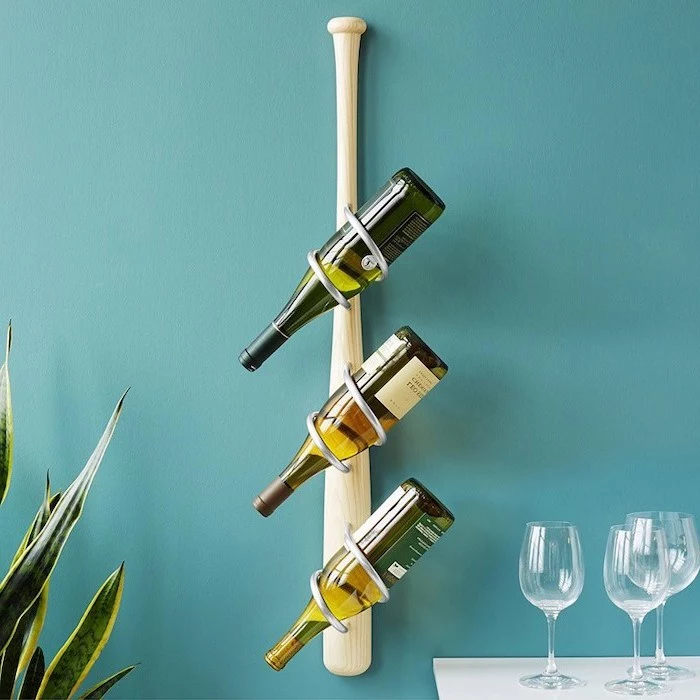
For the family with kids, the best gift might not be for the home, but for the homeowners’ sanity. A curated ‘Moving Day Activity Box’ with new coloring books, mess-free markers (Crayola Color Wonder is a lifesaver), a few small puzzles, and some snacks can keep children happily occupied for hours while the parents tackle the boxes.

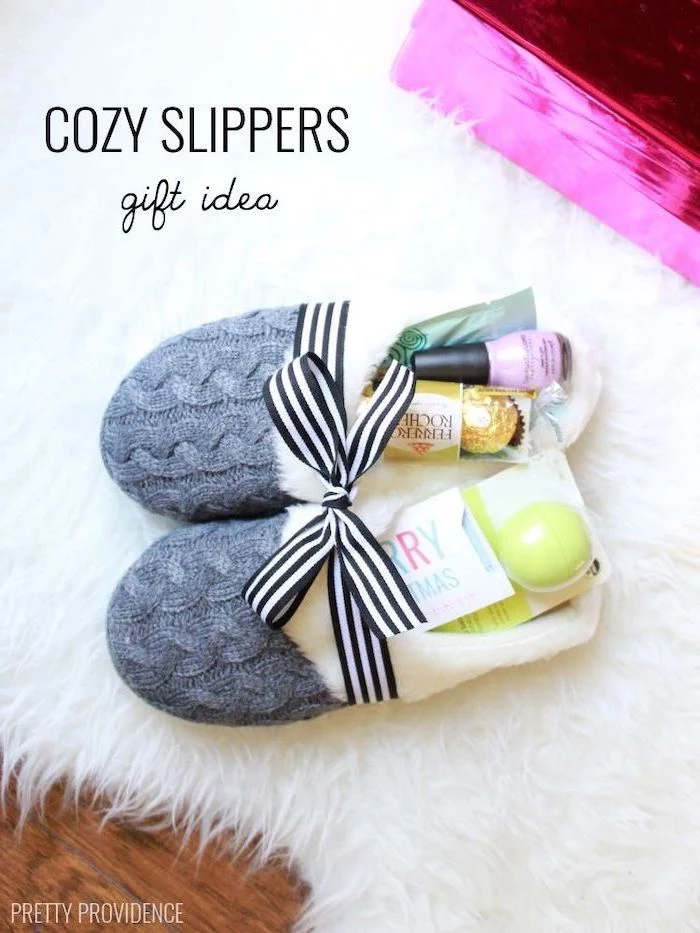
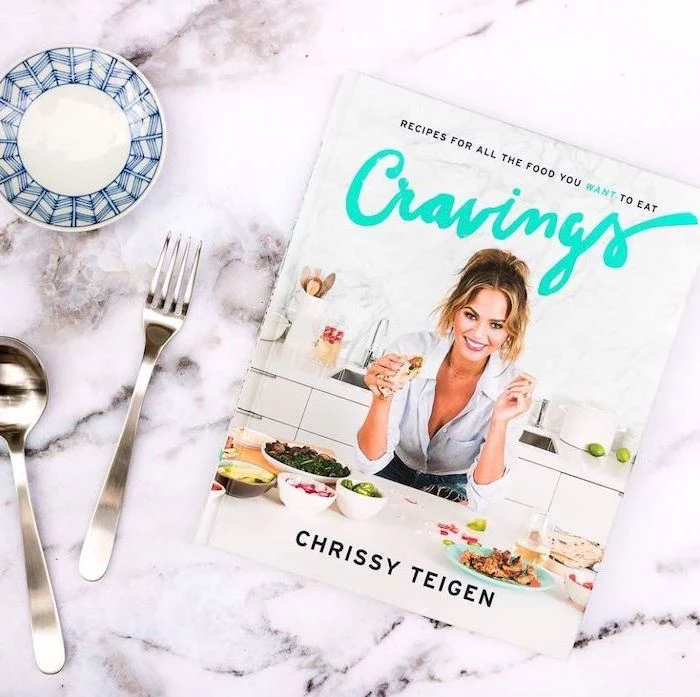
Go beyond the single bottle of wine: Pool resources with friends to give a multi-month wine subscription from a service like Winc or Firstleaf. It turns a one-time gift into a recurring celebration and lets them discover new favorites long after the moving boxes are gone.
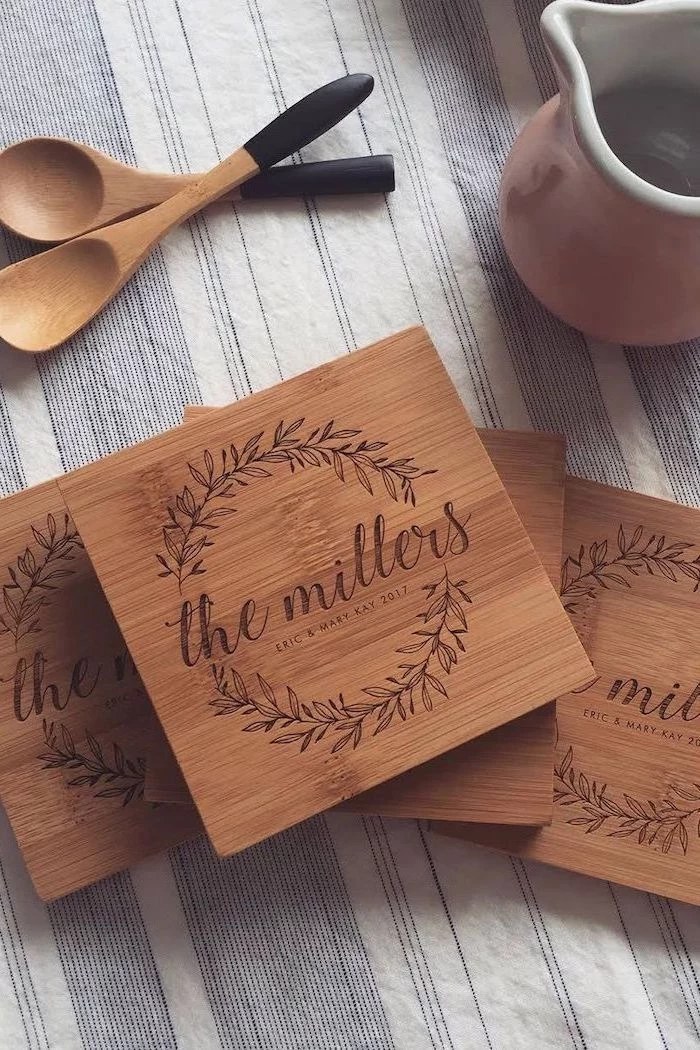
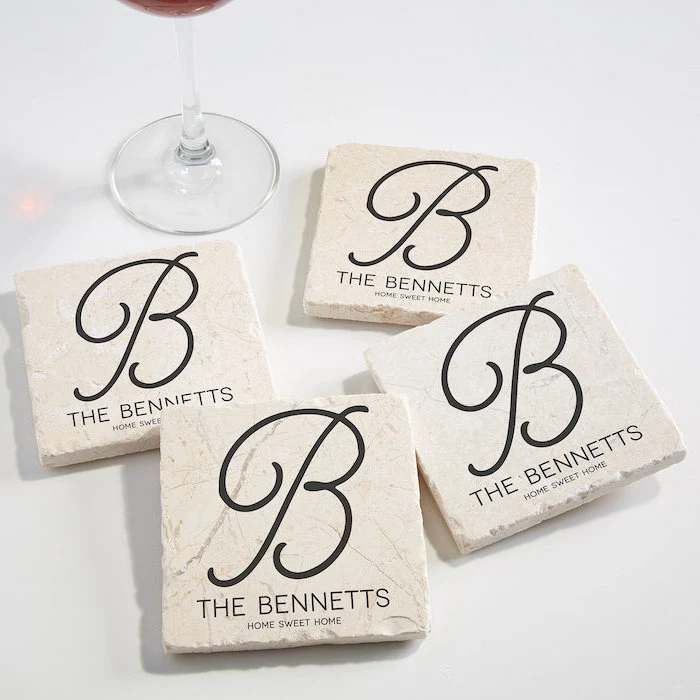
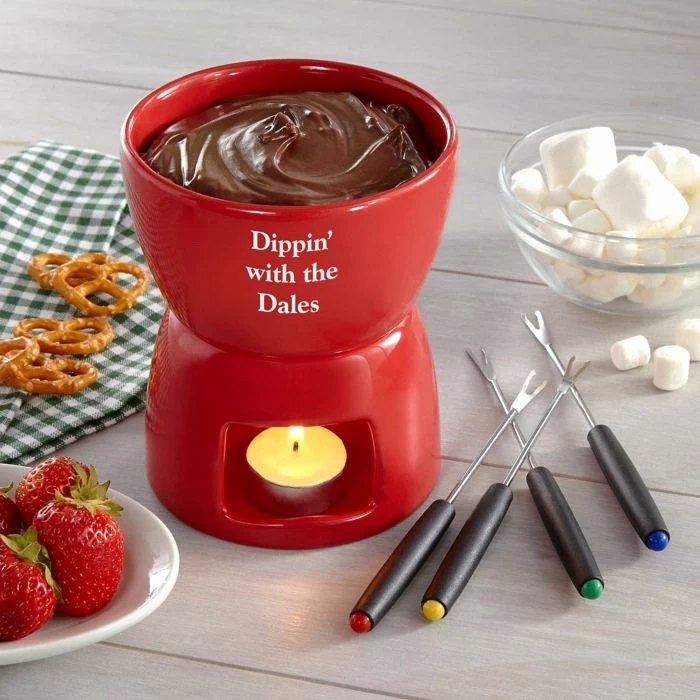
- A gift card to the best local pizza place for the first night’s dinner.
- A bag of coffee beans from a neighborhood roaster.
- A growler from a nearby craft brewery.
- A map of the area with your personal favorite spots circled.
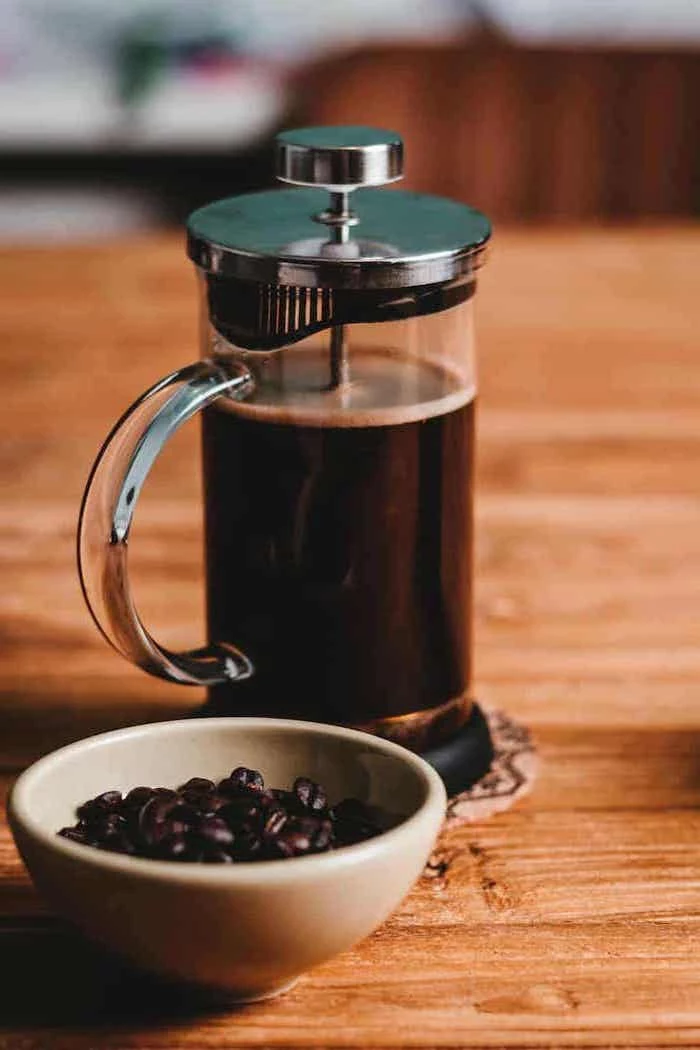
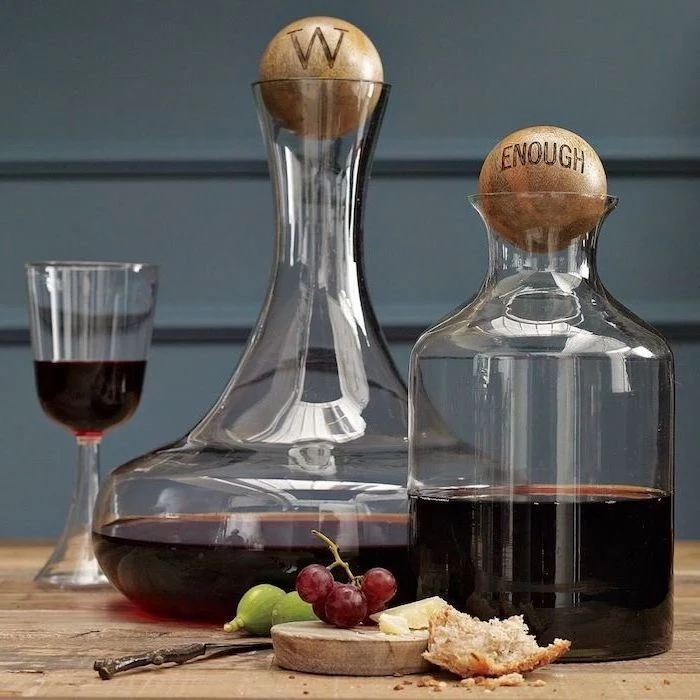
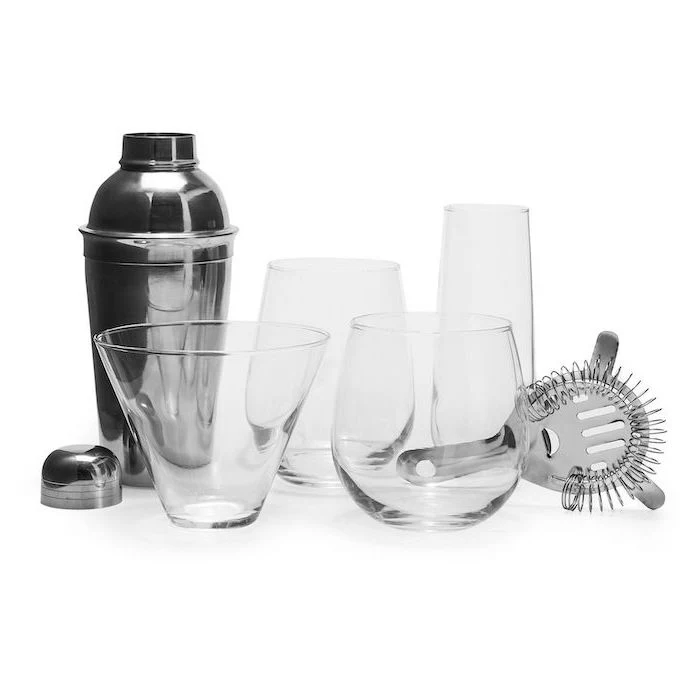
A great scent can instantly make a new space feel personal and calming. A high-quality ultrasonic diffuser, like the elegant stone models from Vitruvi, paired with a set of pure essential oils like lavender and eucalyptus, is a gift of atmosphere that combats the smell of cardboard and paint.
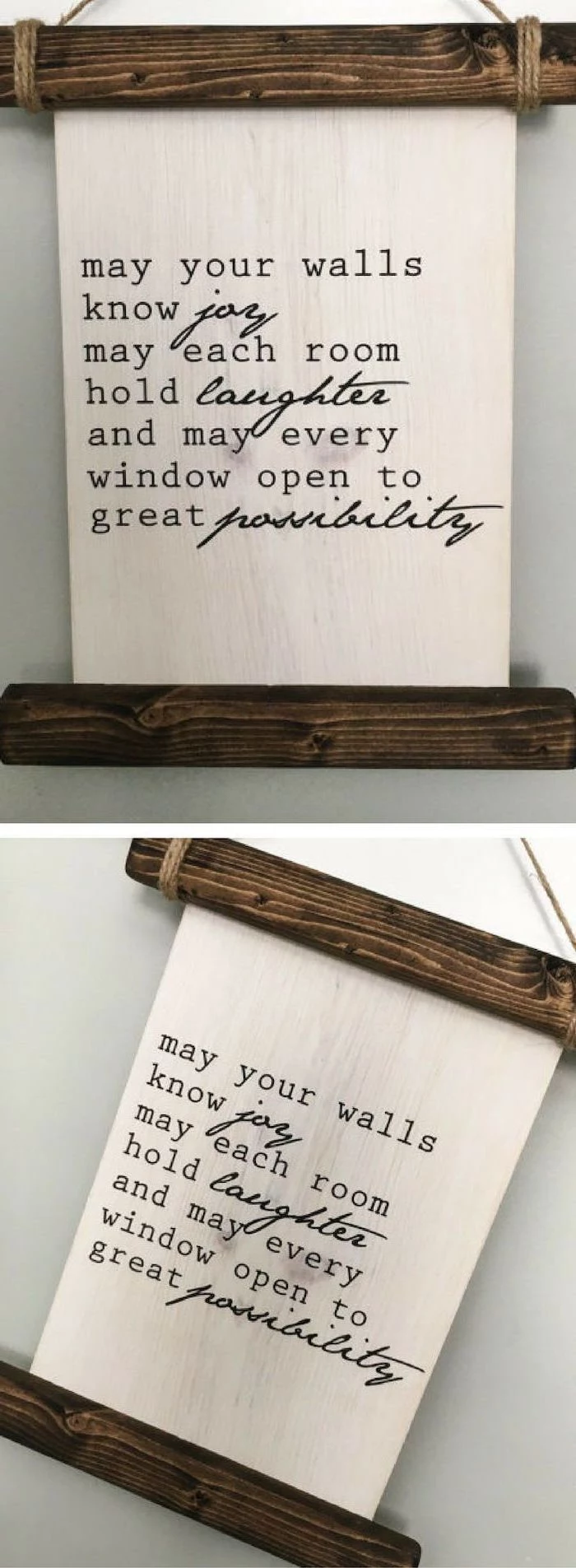
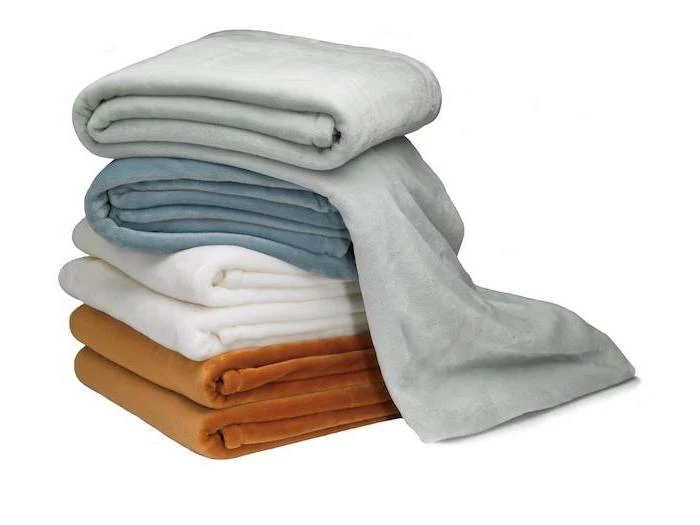
According to a survey by The National Association of Professional Organizers (NAPO), 82% of Americans believe that if they were more organized, their quality of life would improve.
Help them start on the right foot. A sleek, modern label maker, like a Brother P-touch Cube, is a surprisingly chic and incredibly useful tool for organizing the new pantry, office, and garage. It’s the gift of a clutter-free future.
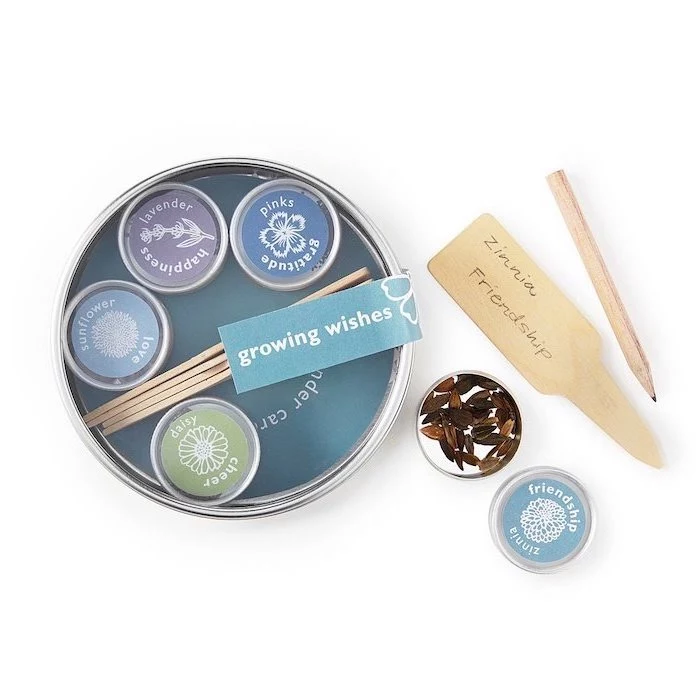
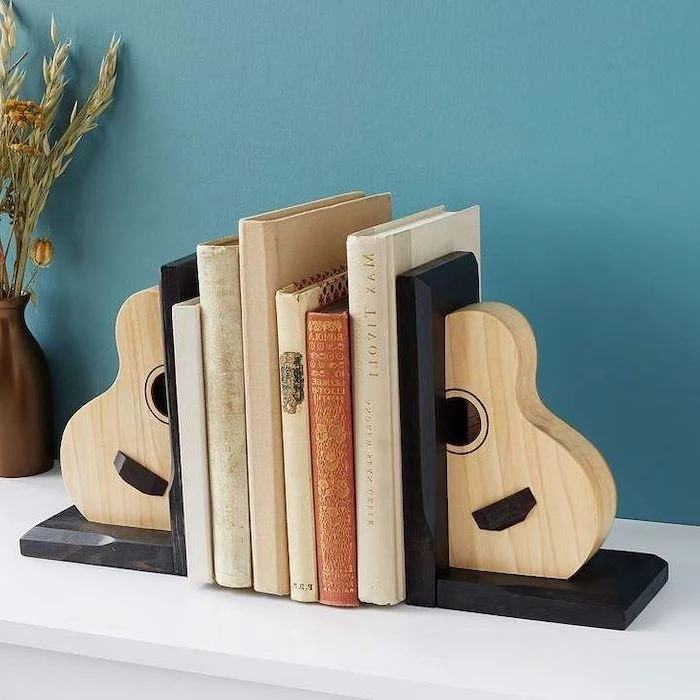
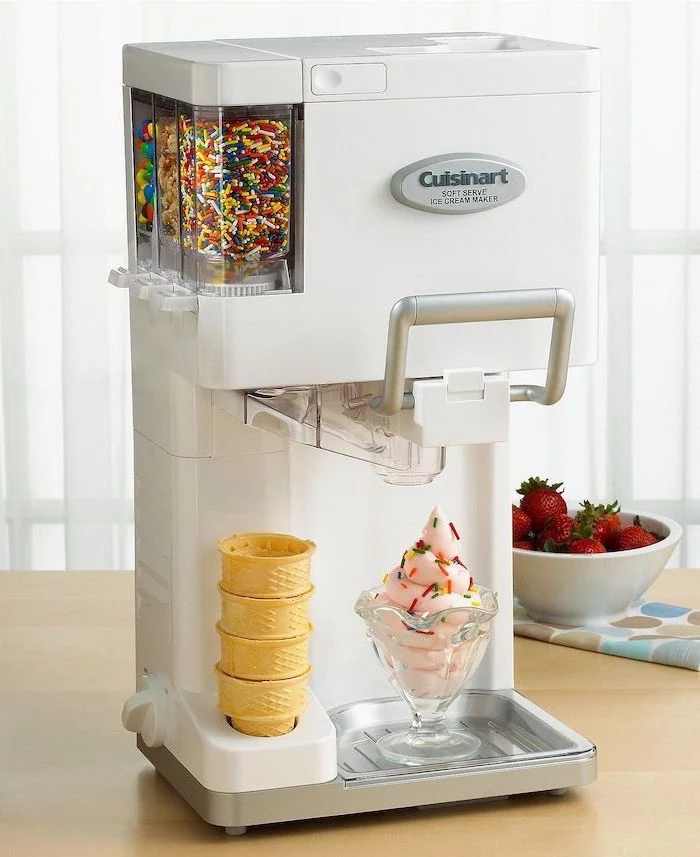
Can you gift a service?
Absolutely, and it’s often the most appreciated present. A gift certificate for a few hours of professional cleaning after the move-in mess, or handyman services from a platform like TaskRabbit to tackle the long list of ‘honey-do’ tasks, can be a true lifesaver. Just be sure to present it thoughtfully, emphasizing it’s a gift of time and relaxation.
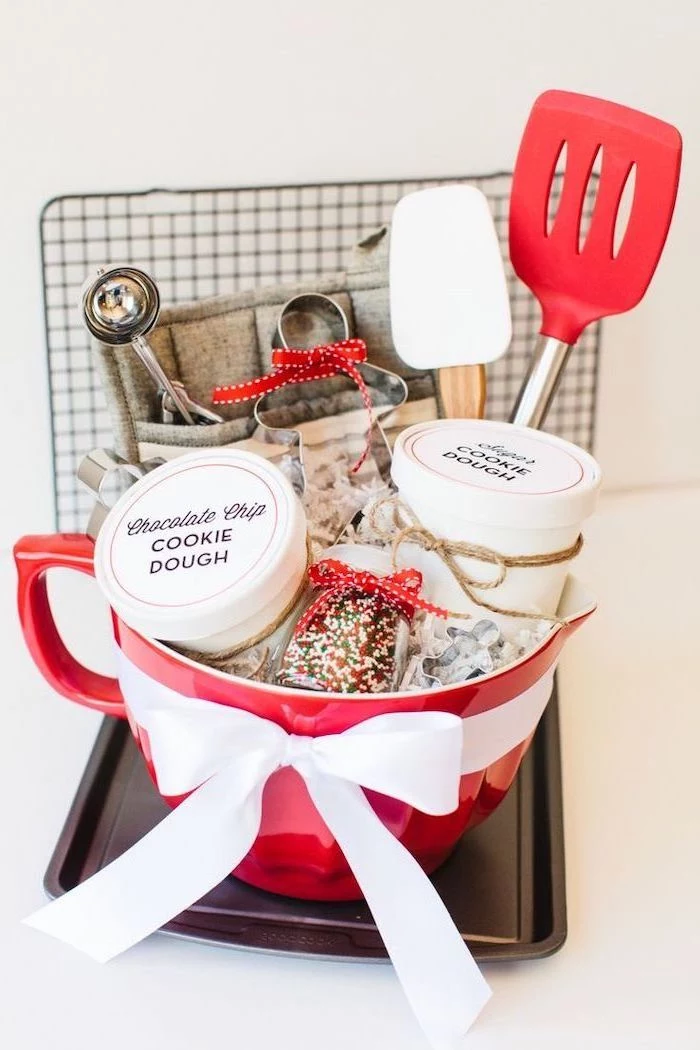
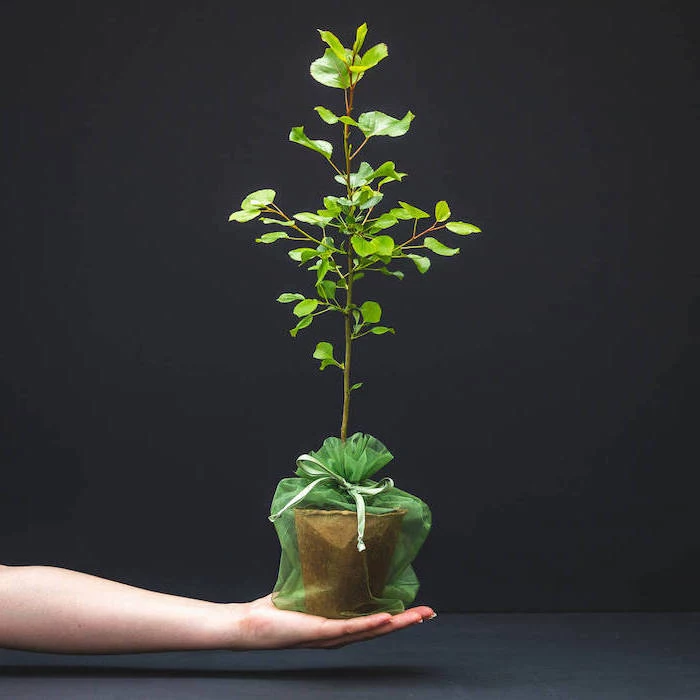
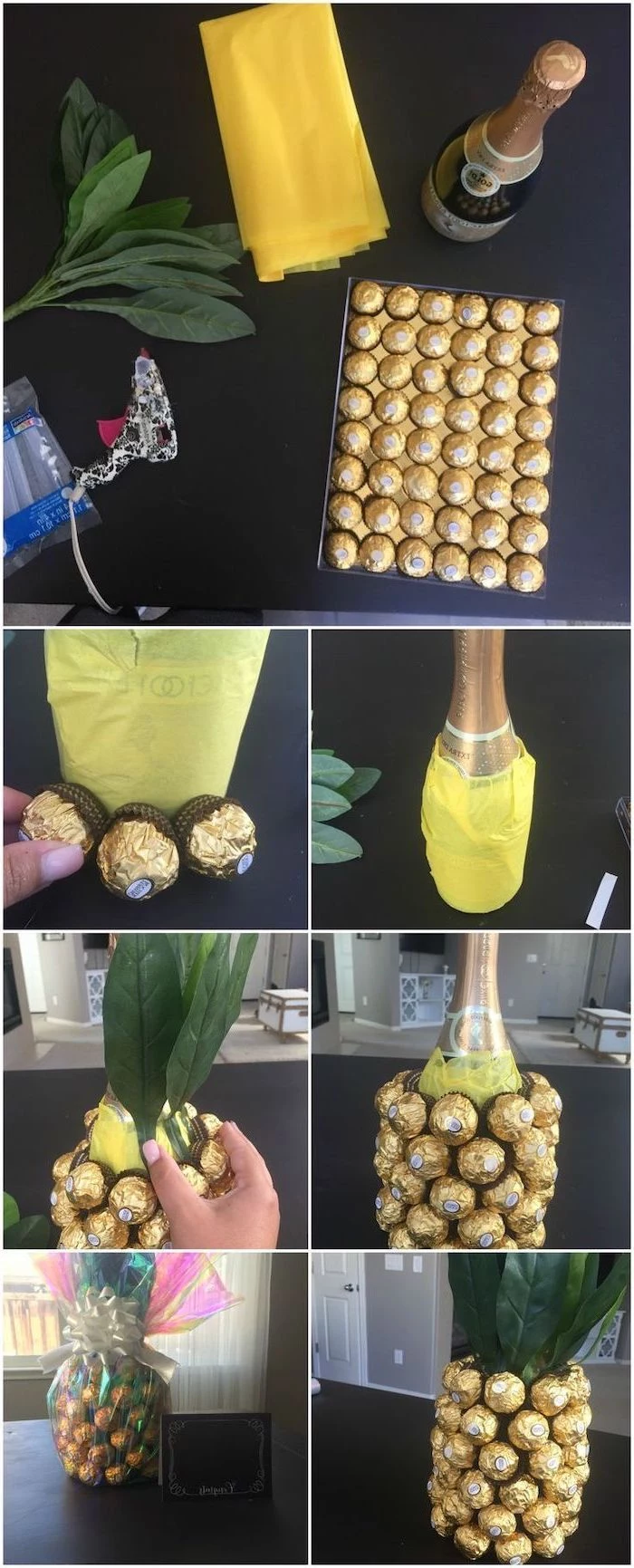
A DIY spice starter kit is both thoughtful and budget-friendly. Purchase small, attractive glass jars and fill them with high-quality versions of essential spices: smoked paprika, cumin, oregano, red pepper flakes, and a good sea salt. A simple handwritten label for each completes this personal and incredibly useful gift.
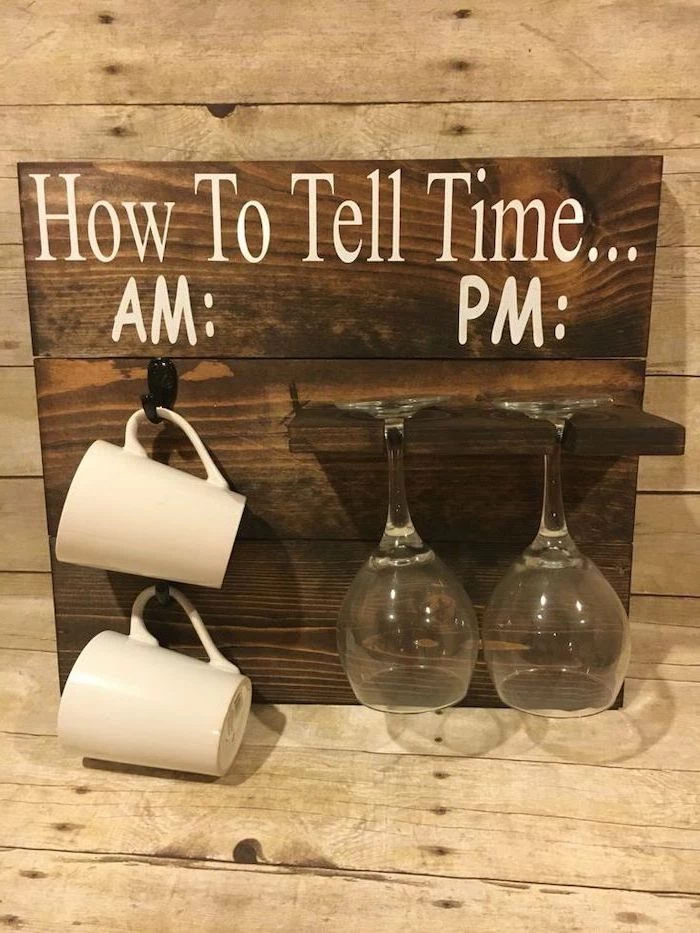
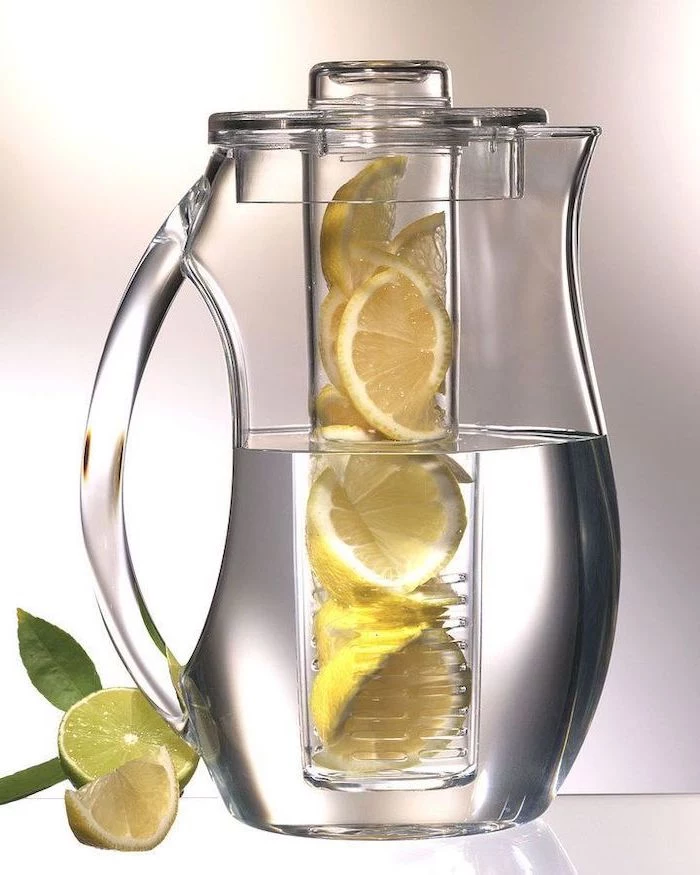
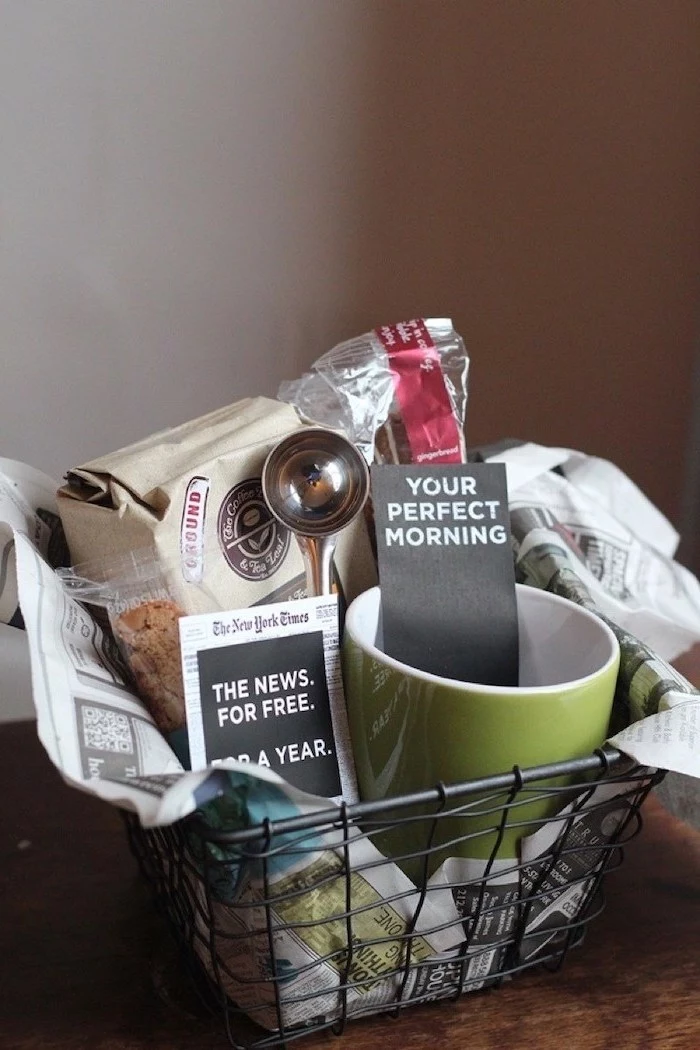
Smart Plugs: Inexpensive and versatile, a pack of smart plugs can make any lamp or small appliance ‘smart’. They’re perfect for setting lighting schedules or turning on the coffee maker from bed.
Smart Speaker: A device like an Amazon Echo Dot or Google Nest Mini acts as a central hub for music, timers, and questions—all essential during the chaotic settling-in period.
For a simple, high-impact tech gift, smart plugs offer more immediate and varied utility for a new homeowner.
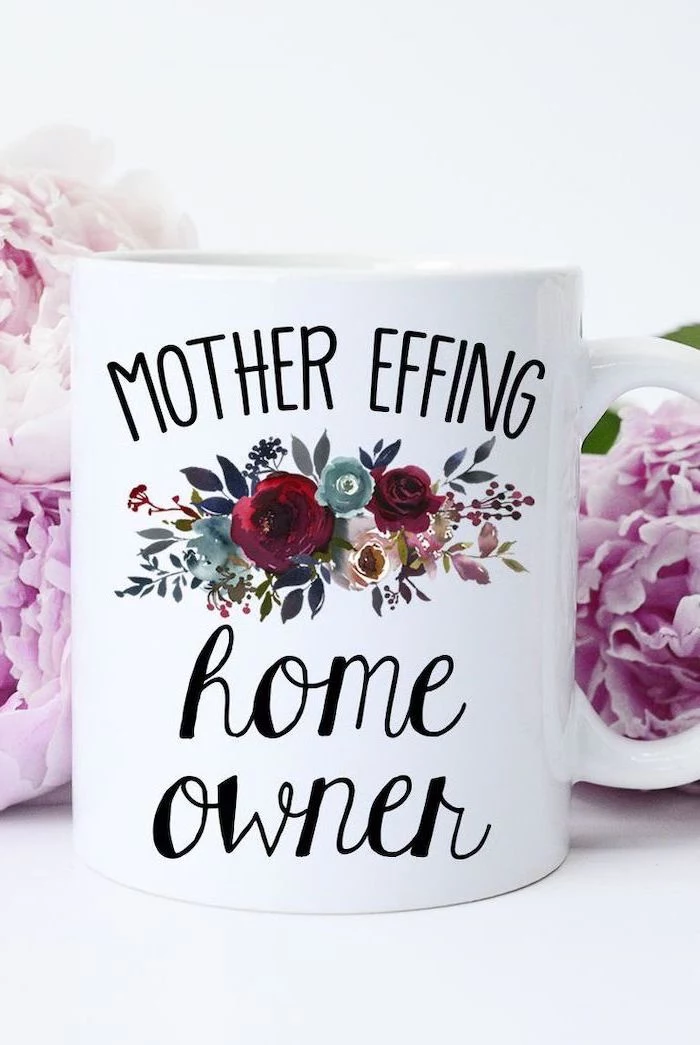
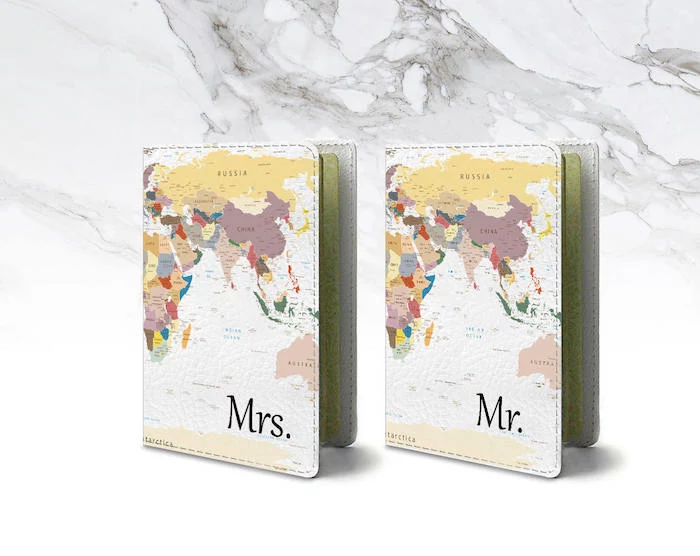
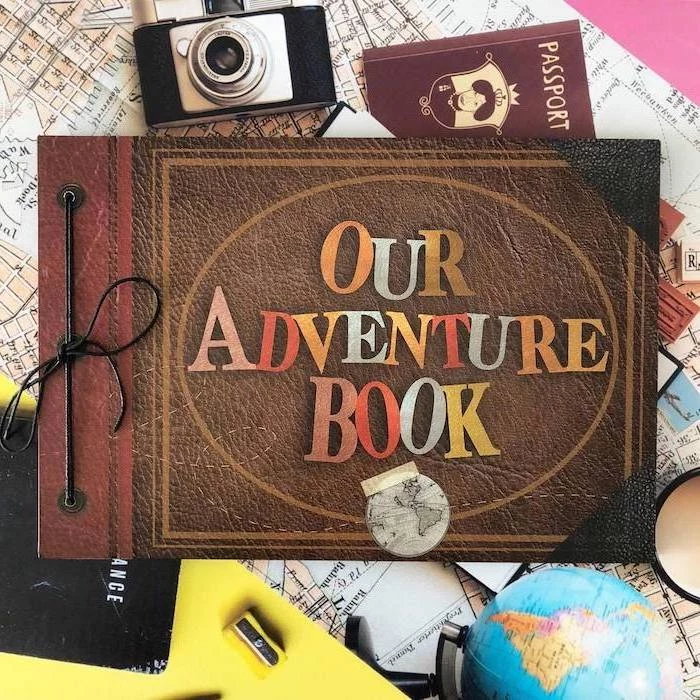
Gifting art is risky unless you know their taste intimately. The perfect solution? A gift card to a site like Minted or Society6. It allows them to choose a piece that truly speaks to them and fits their new space, and you still get the credit for their beautiful new wall decor.
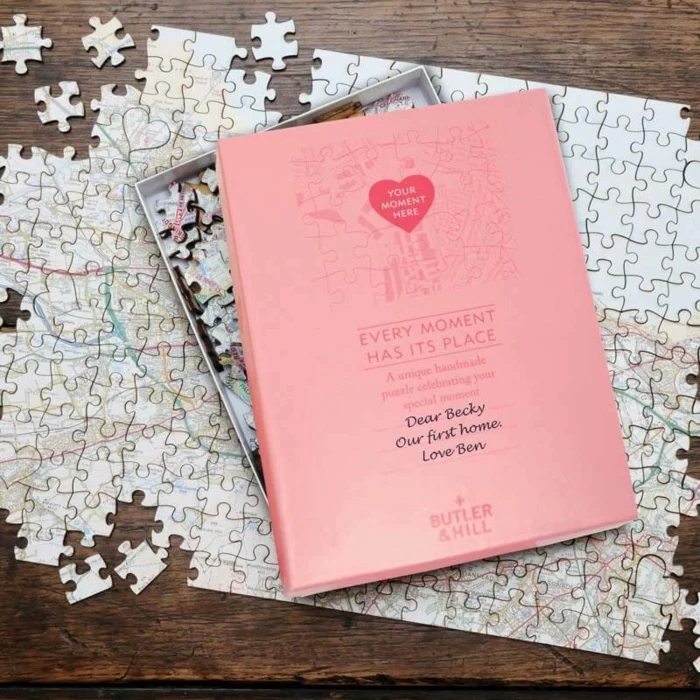

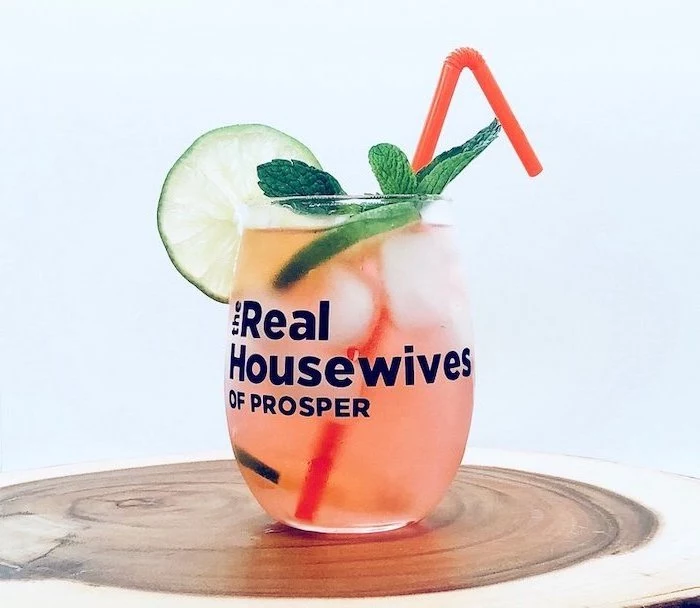
- Instant coffee that actually tastes good, like the single-serve packets from Intelligentsia.
- Two stylish, sturdy mugs that can survive the unpacking chaos.
- A gift certificate to a local bakery for fresh croissants or muffins.
The goal? A complete, no-fuss ‘First Morning’ kit. It ensures their first breakfast in the new home is a moment of pleasure, not a frantic search for the box labeled ‘kitchen’.
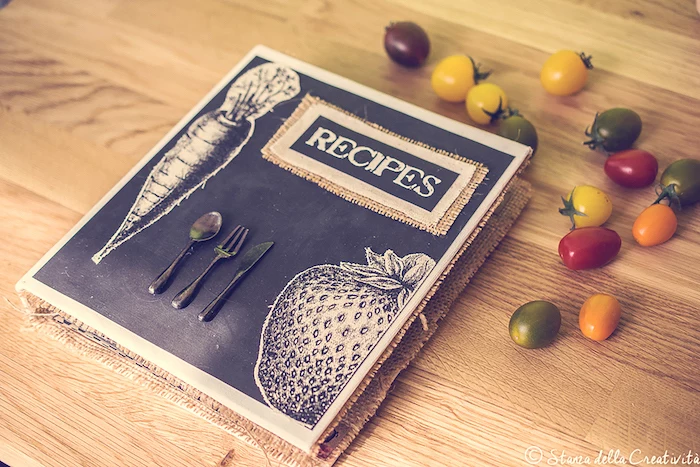
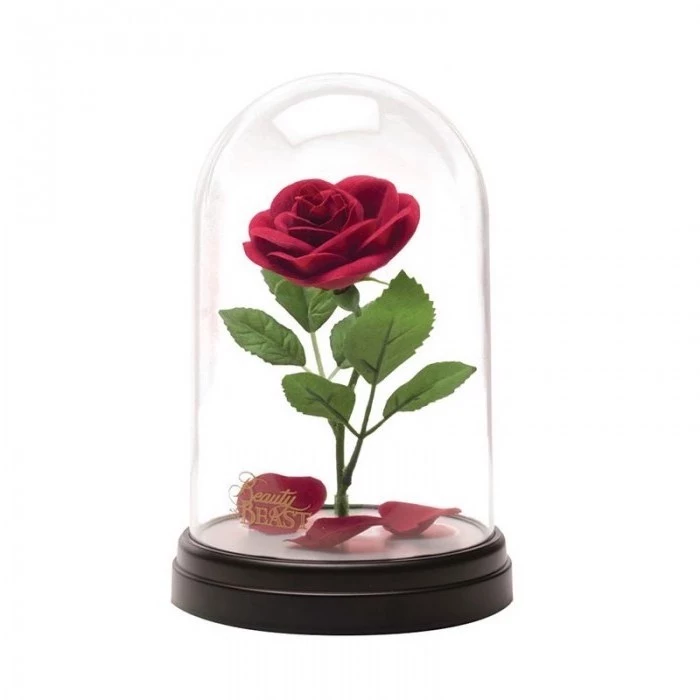
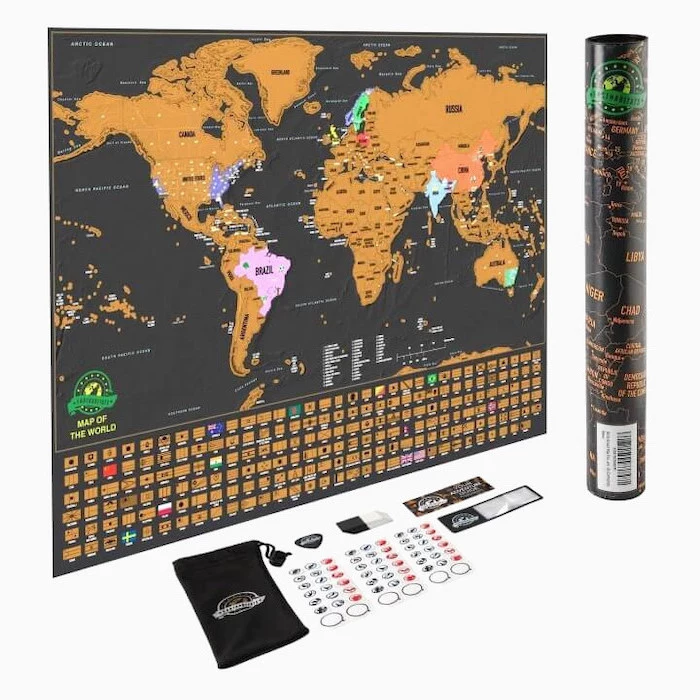
Crucial detail: A DoorDash or Uber Eats gift card is the ultimate modern housewarming gift. Moving is exhausting, and the last thing anyone wants to do is cook or hunt for the can opener. This gives them a delicious, stress-free meal on demand.
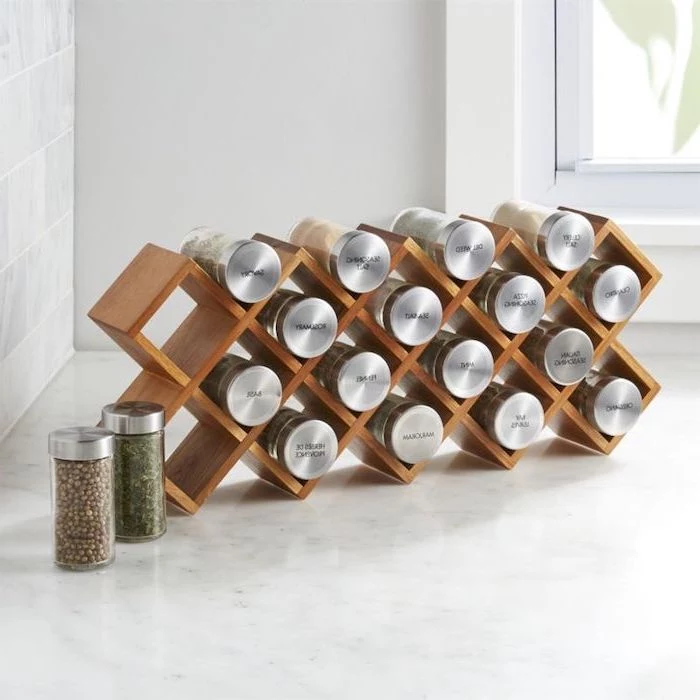
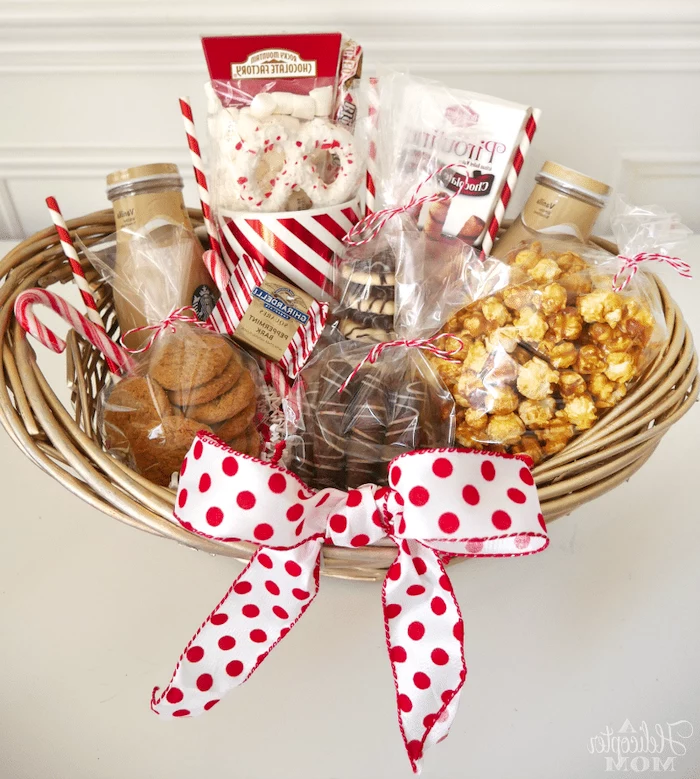
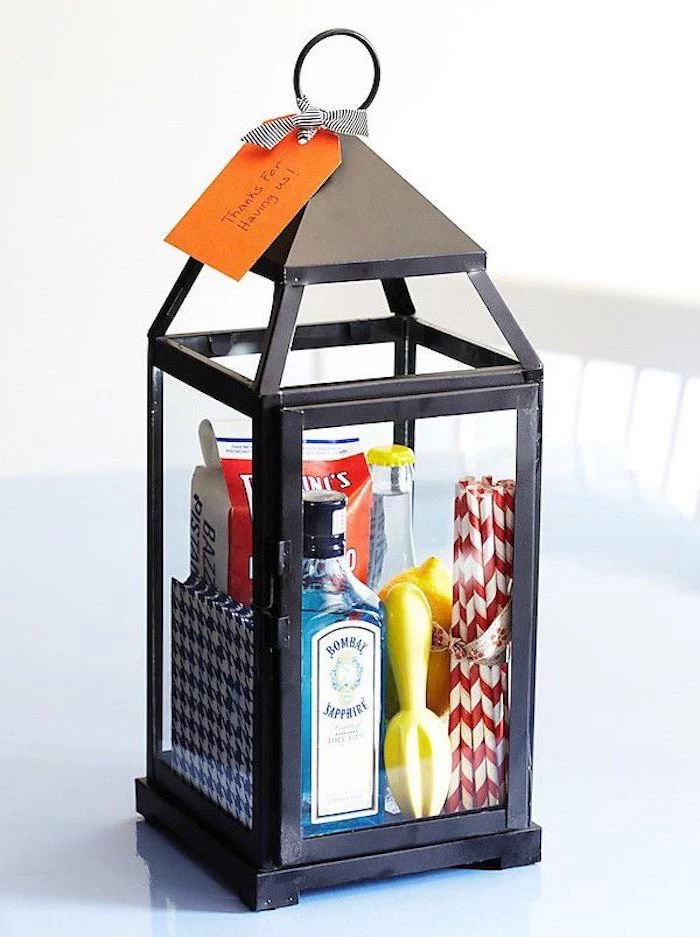
“The best gifts come from the heart, not the store.” – Sarah Dessen
This is especially true for housewarmings. A hand-painted doormat or a set of custom-stamped kitchen towels shows a level of personal effort that a store-bought item rarely can match. It’s a piece of you, warming their new home.
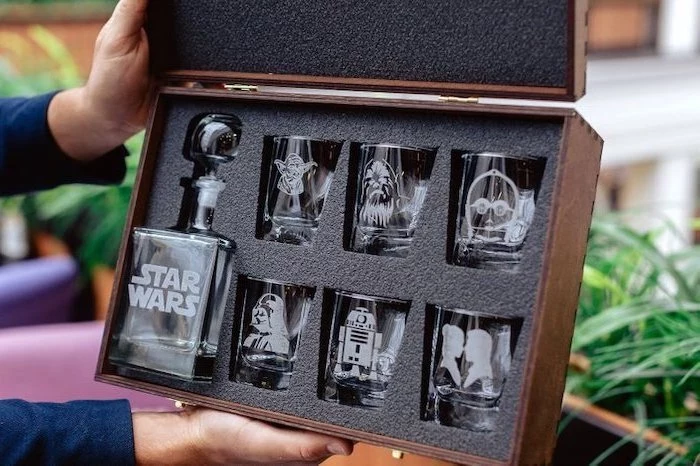
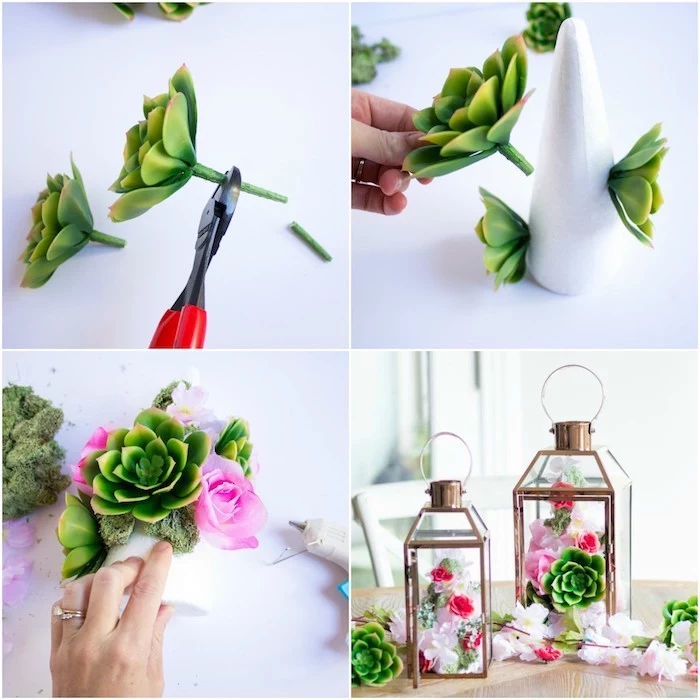
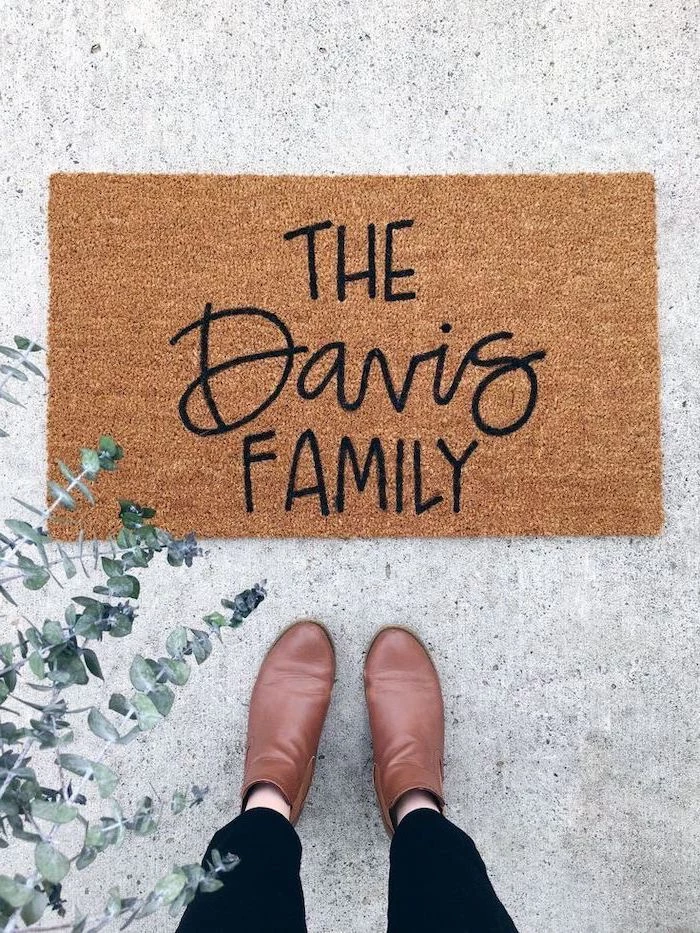
- They feel incredibly soft and luxurious.
- They elevate the simple act of drying dishes or hands.
- They provide an instant upgrade to the kitchen or bathroom.
The secret? High-quality textiles. A set of plush kitchen towels from a brand like Williams Sonoma or beautiful linen guest towels for the powder room from Parachute is a small luxury with a big daily impact.
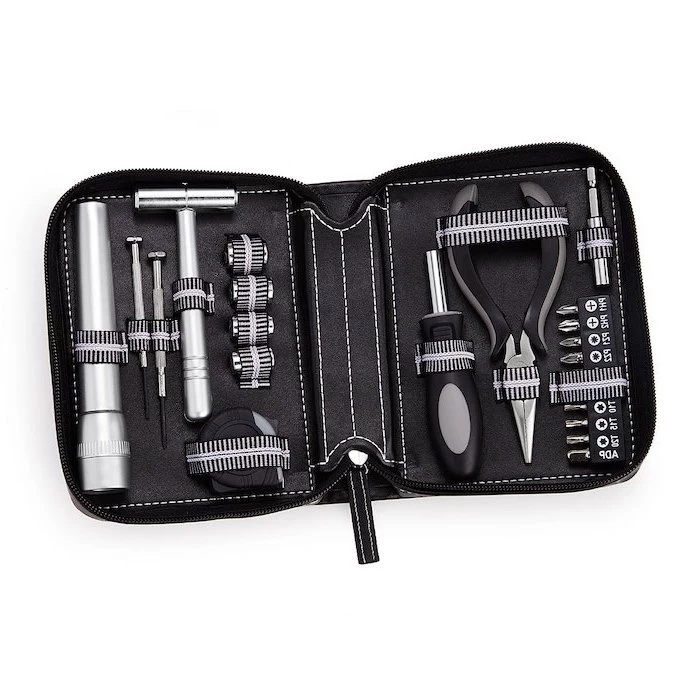
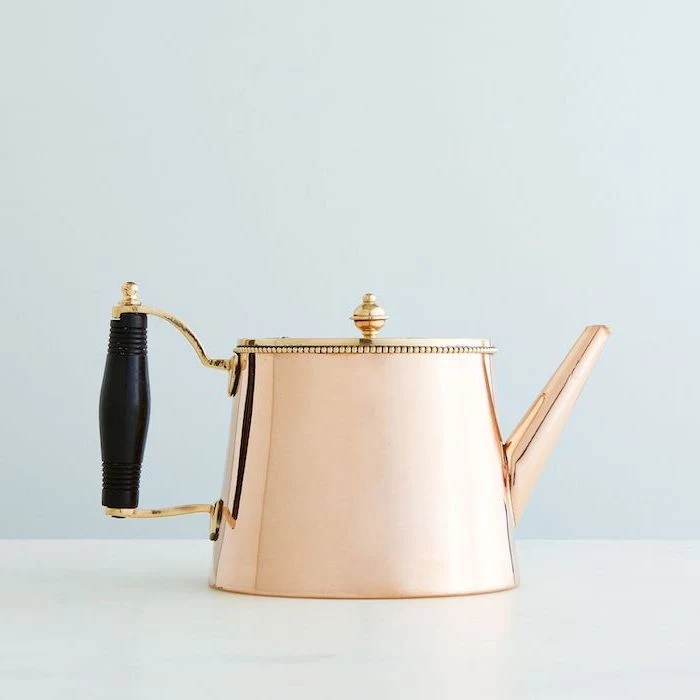
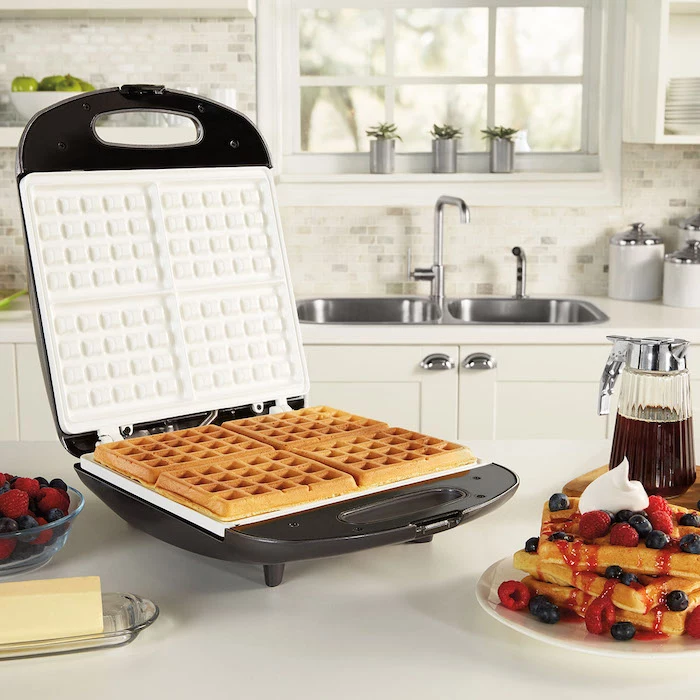
A personalized return address stamp is a classic gift that has found a modern resurgence. It’s elegant, saves a ton of time when sending out change-of-address notifications or thank you cards, and is a charming way to make their new address official. Look for self-inking models for maximum convenience.
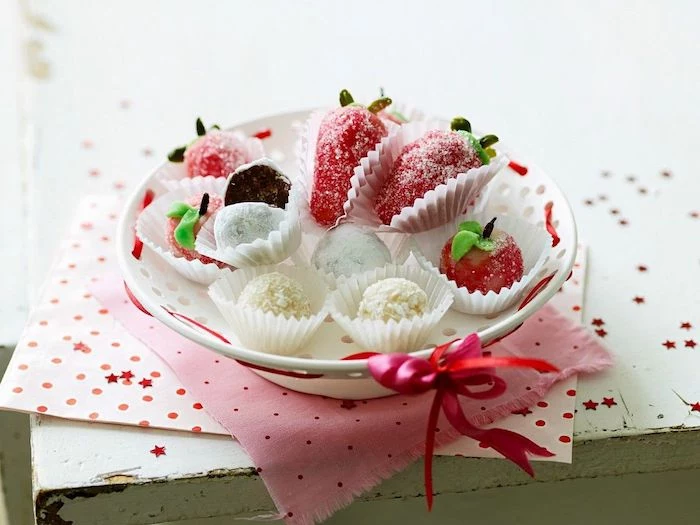
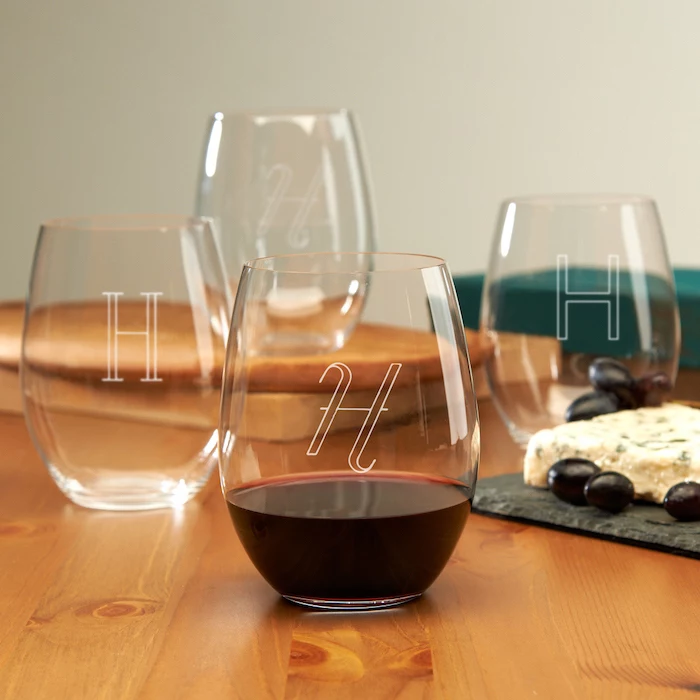
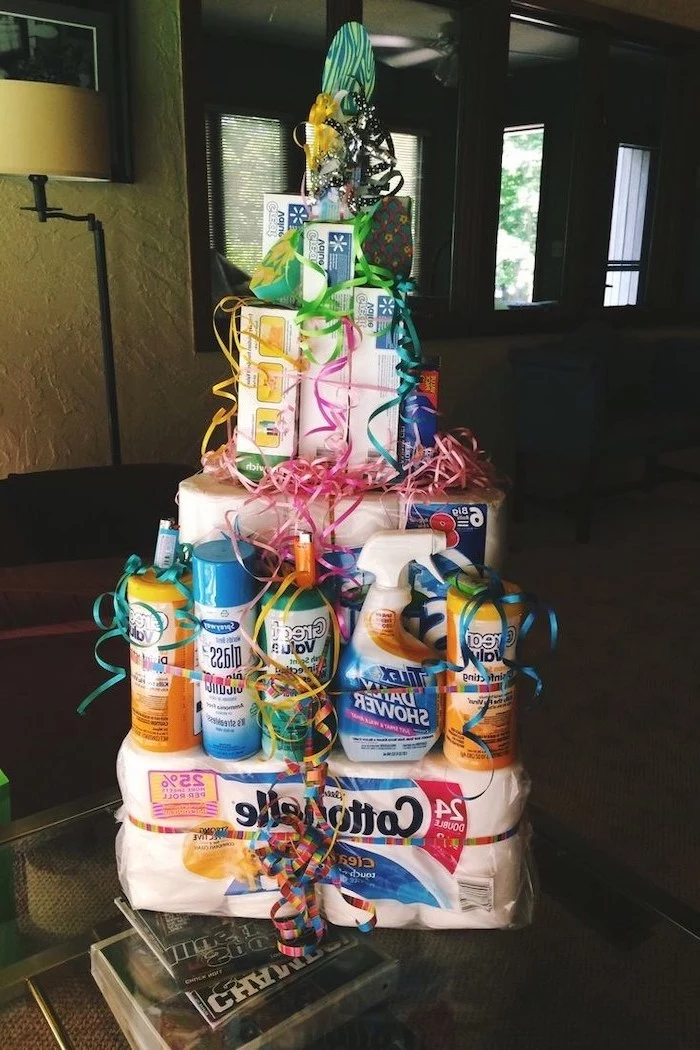
Curate a cocktail kit for their first weekend. Instead of just a bottle of gin, pair it with high-quality tonic water (like Fever-Tree), a fresh lime, a jigger for measuring, and two beautiful highball glasses. It’s not just a drink; it’s an invitation to christen their new home with a well-deserved celebration.
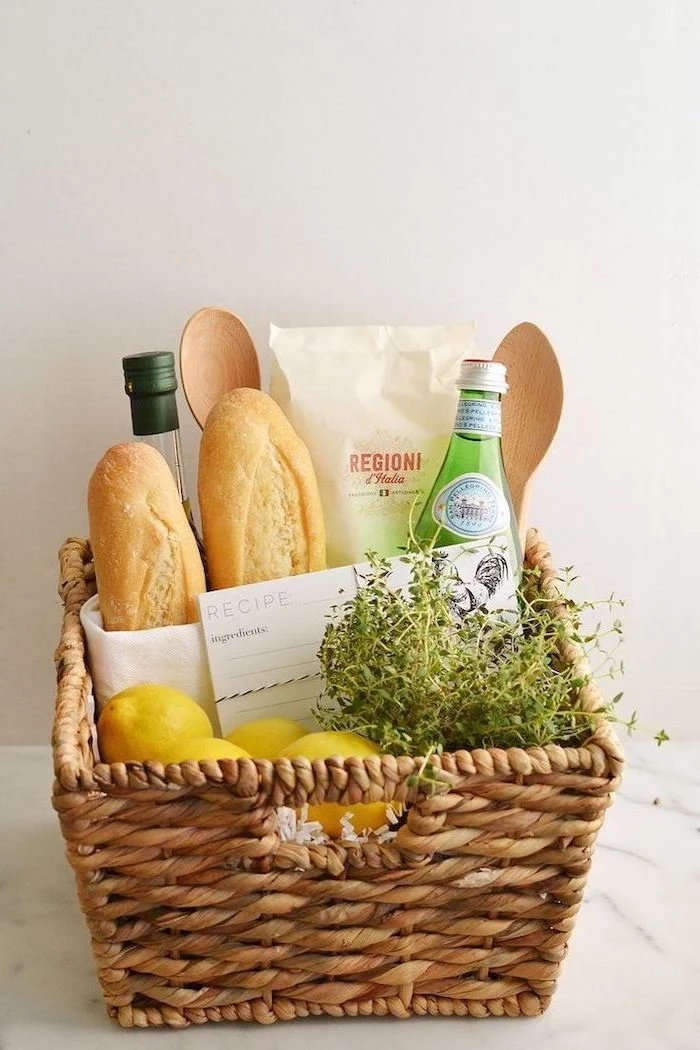
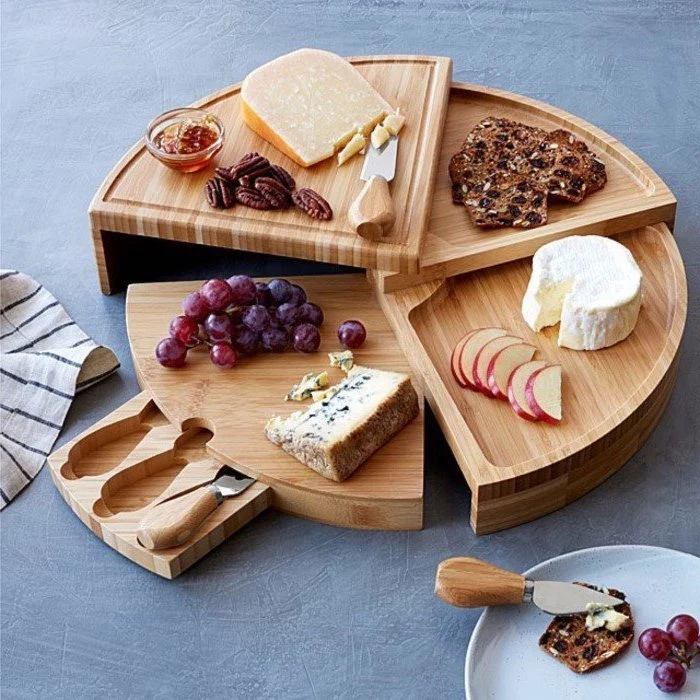
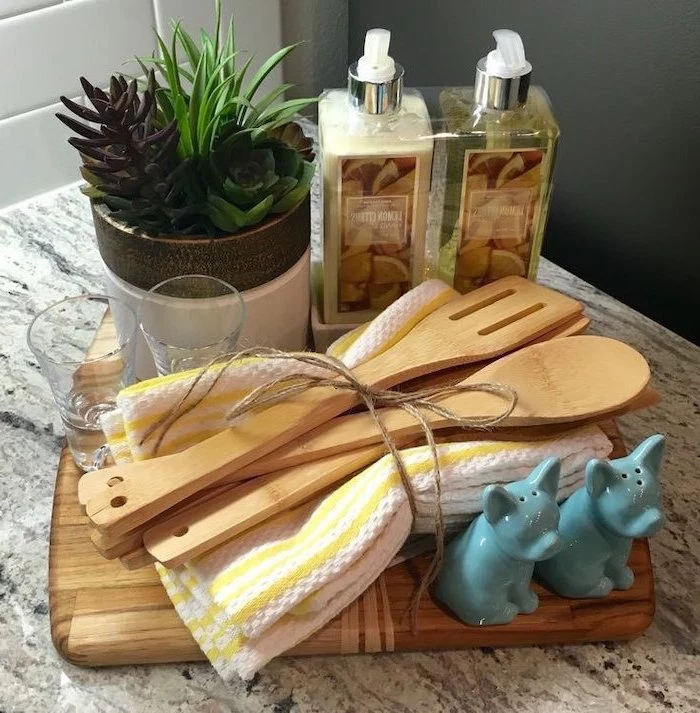
An important note on candles: While a common gift, scent is deeply personal. If you opt for a candle, choose a very light, universally appealing scent like linen, a subtle white tea, or a gentle citrus. Brands like Diptyque (Baies) or Jo Malone (Lime Basil & Mandarin) are classic for a reason, but a high-quality unscented pillar candle is the safest and most elegant bet.
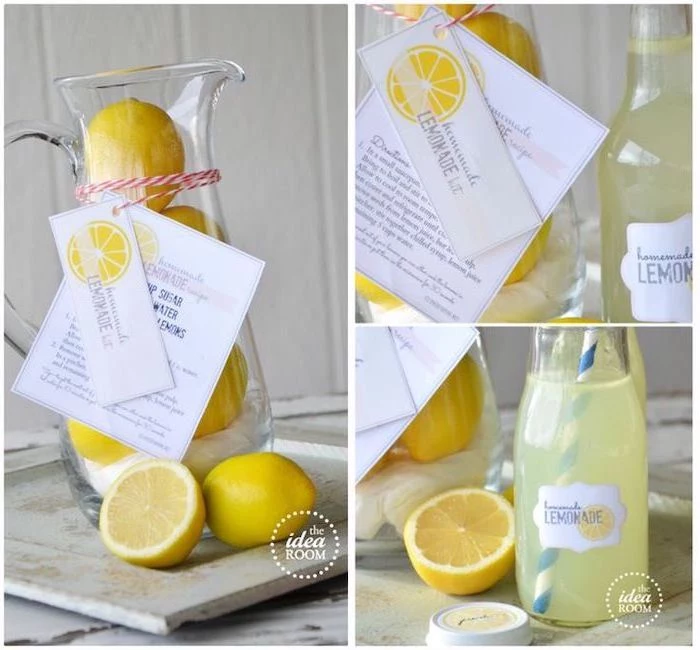
For the friend who seems to have it all, consider a unique food experience. A gift certificate for a local pasta-making class, a cheese-tasting event, or a curated box of artisanal snacks from a service like Mouth.com provides a memorable experience instead of another object.

